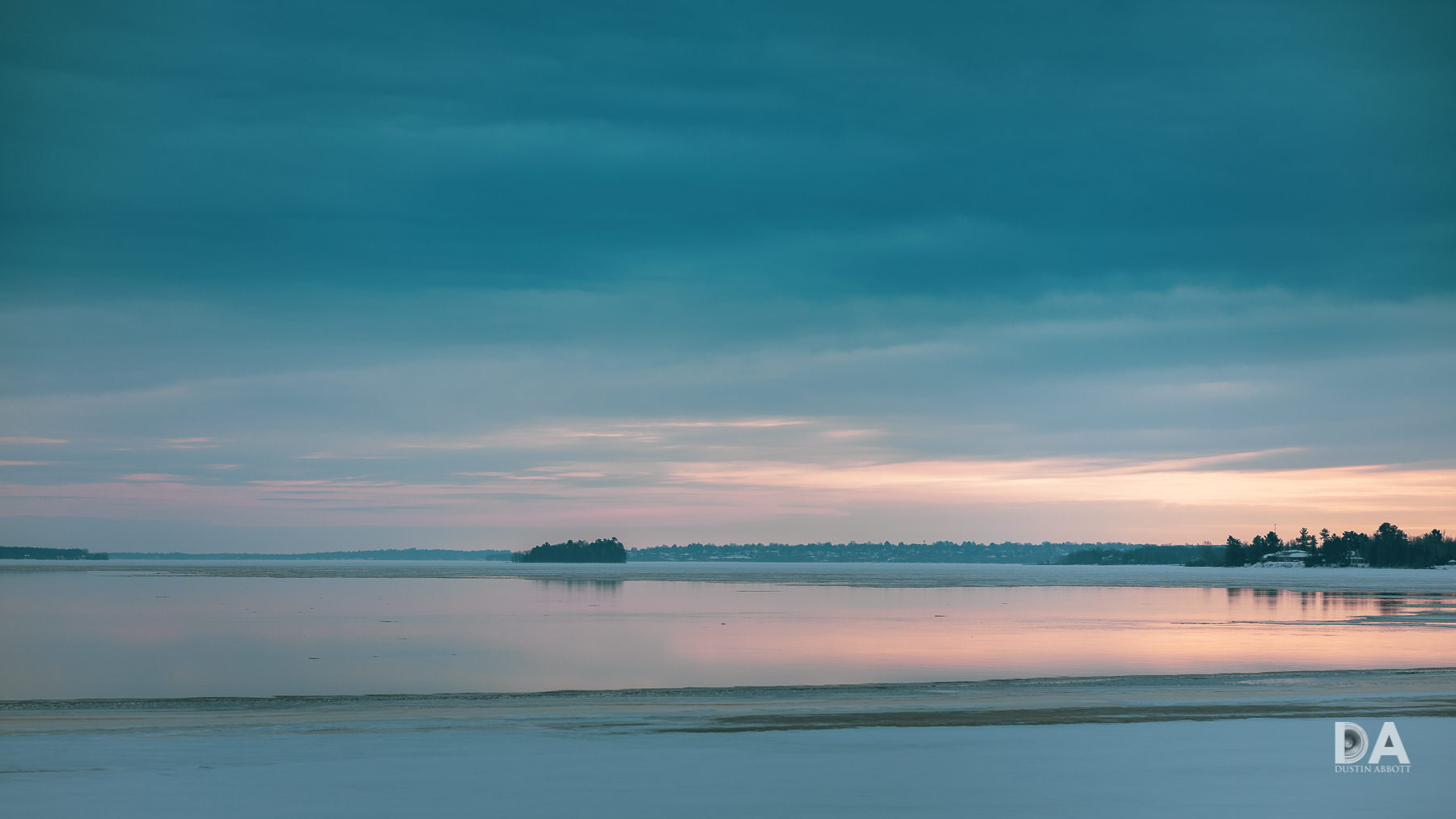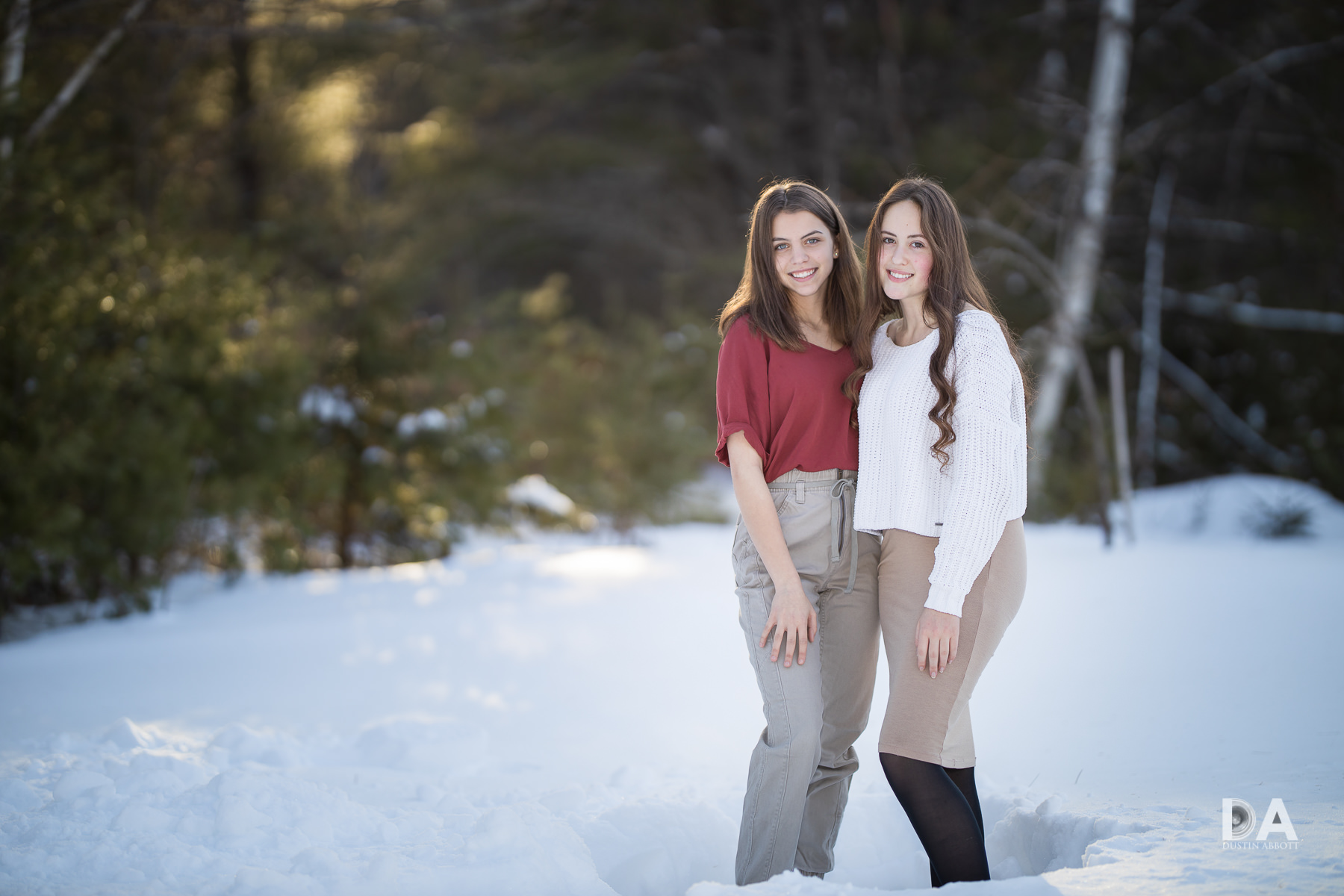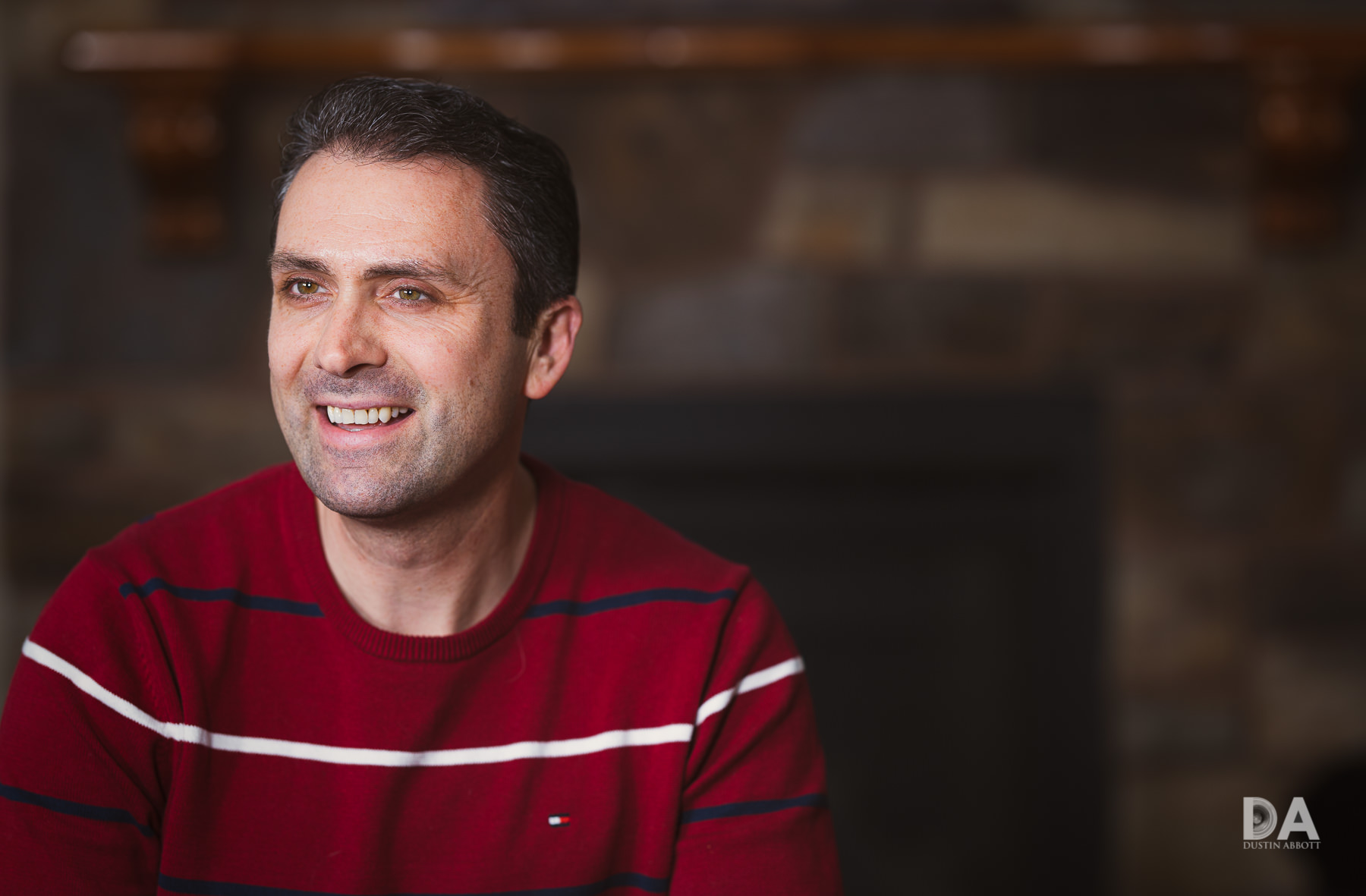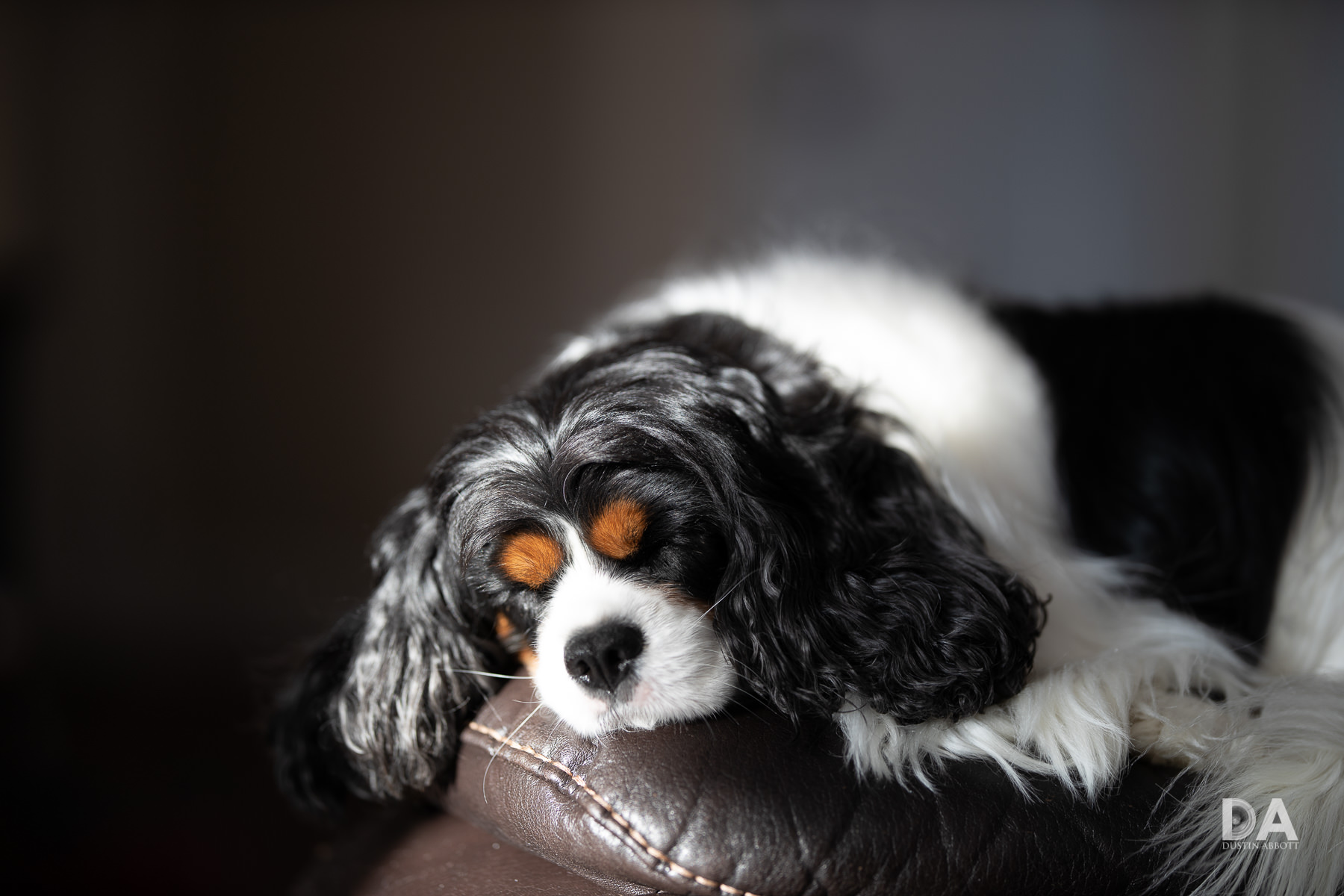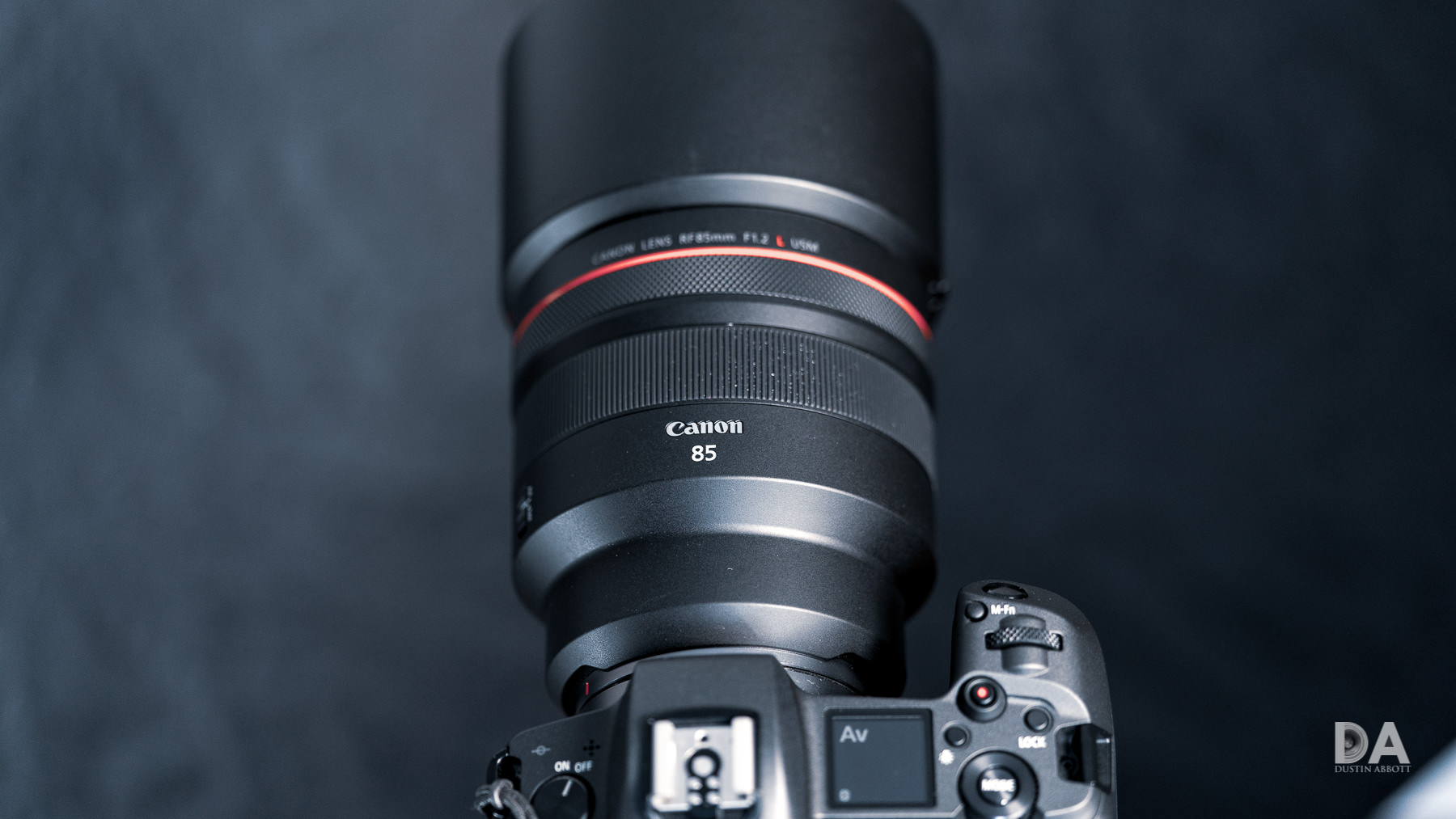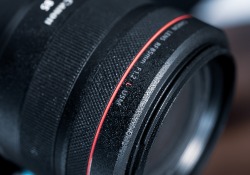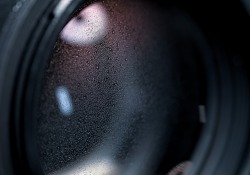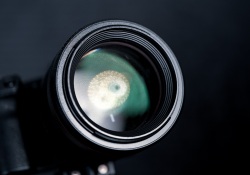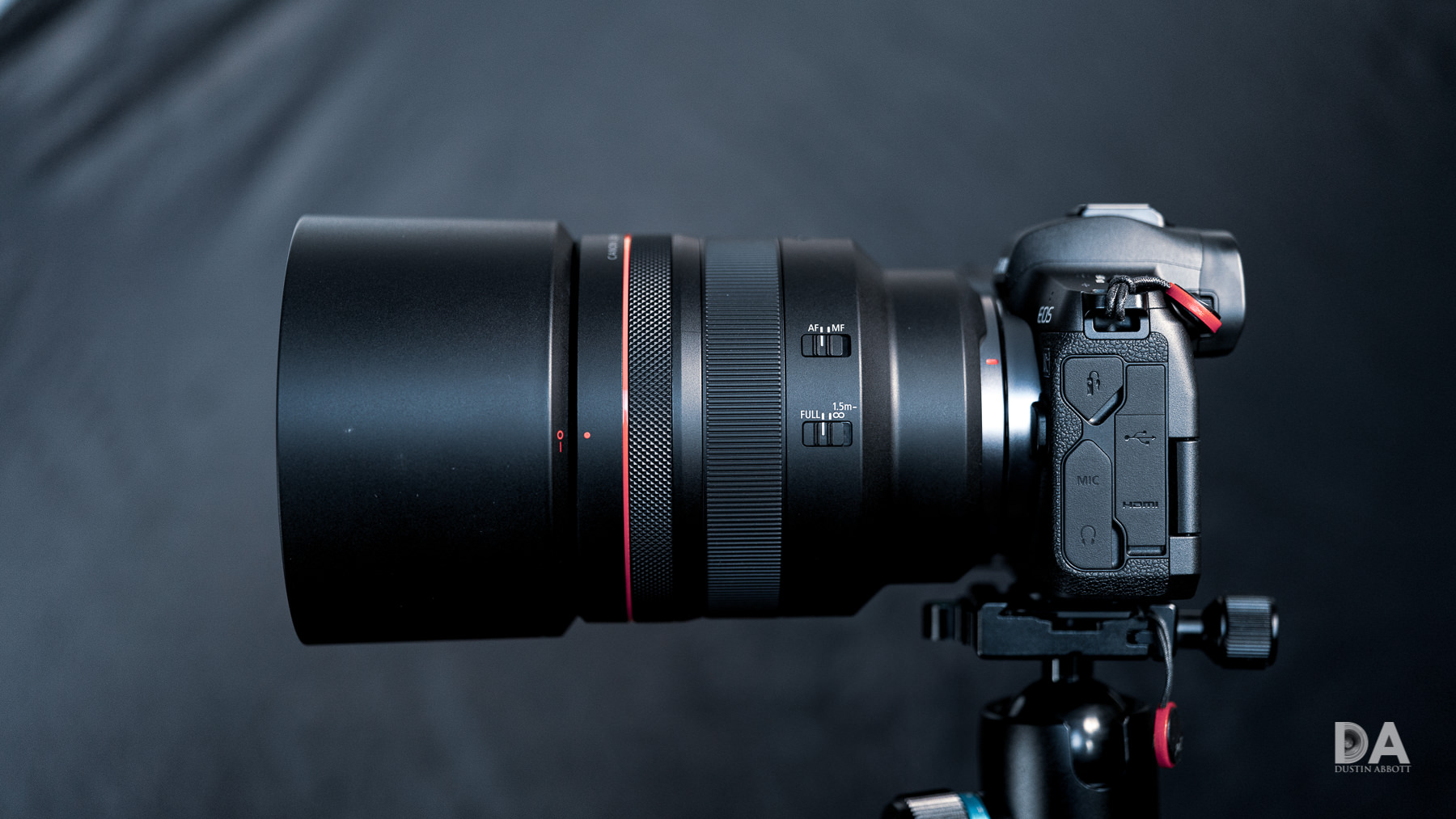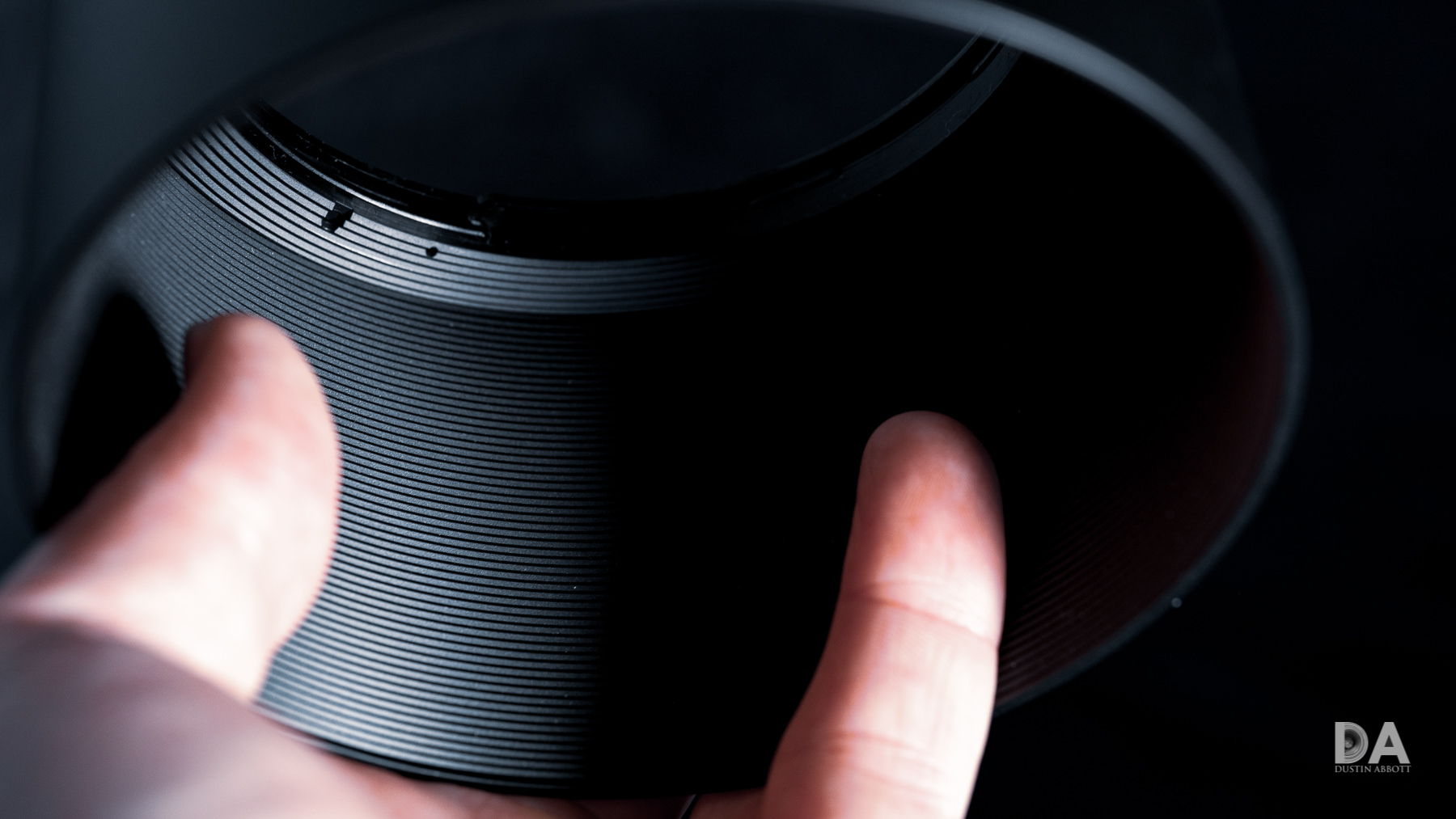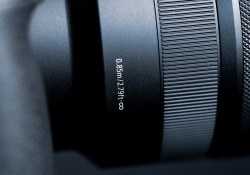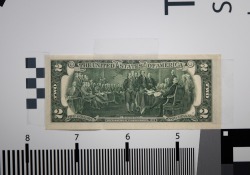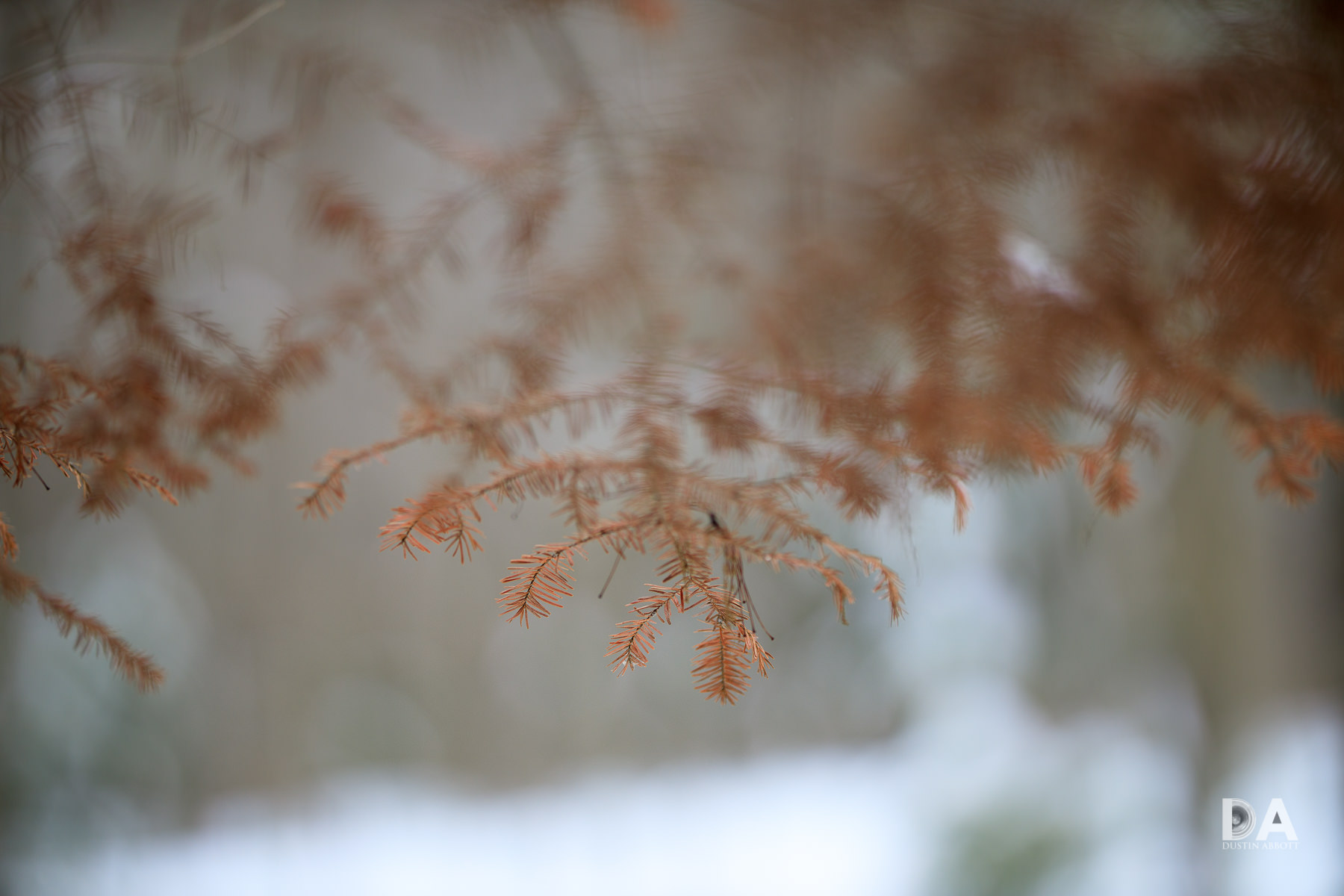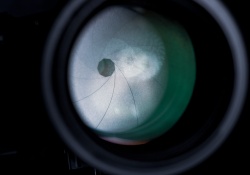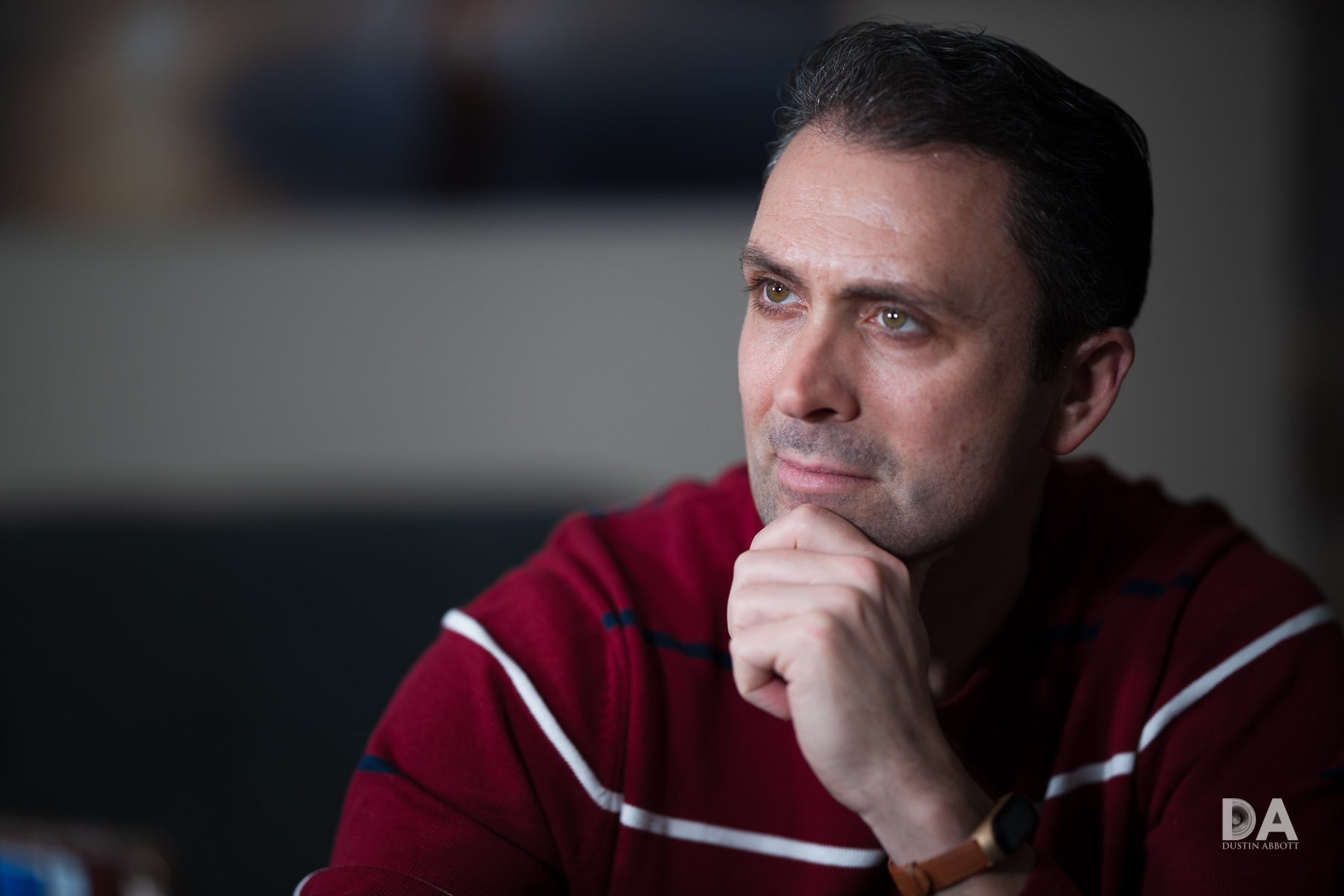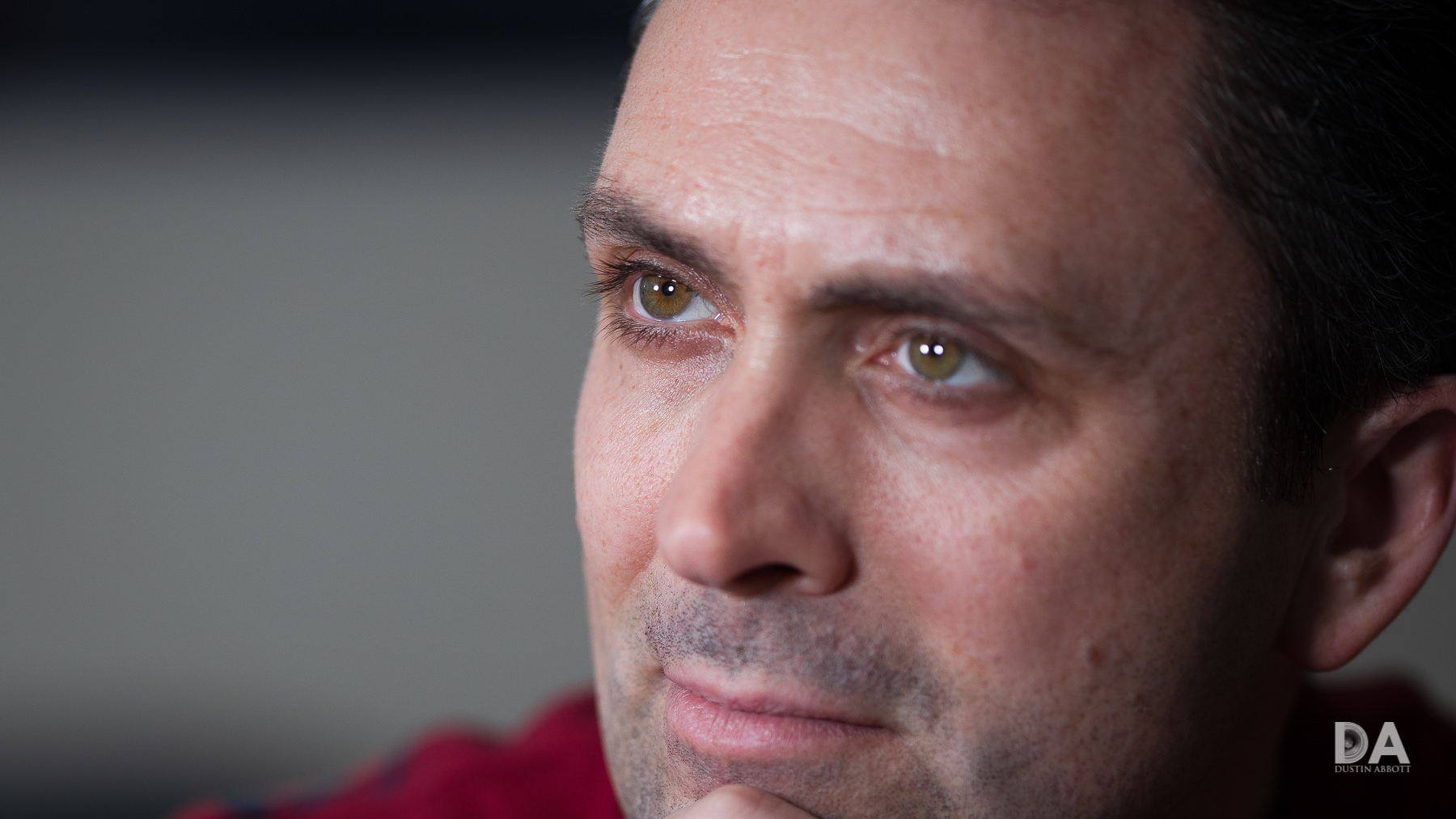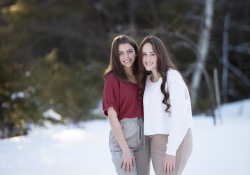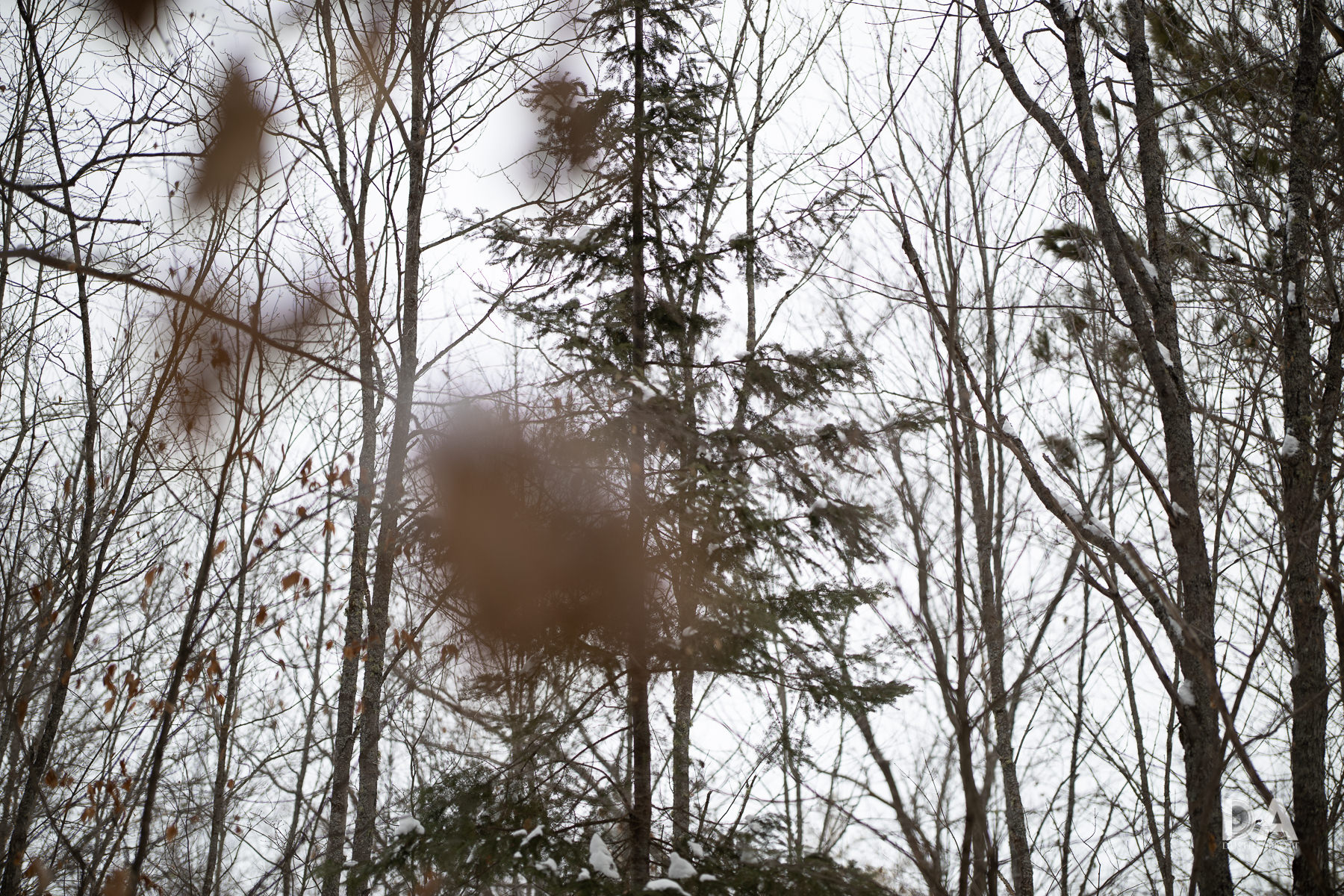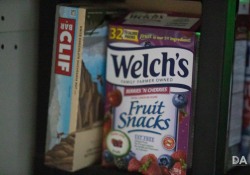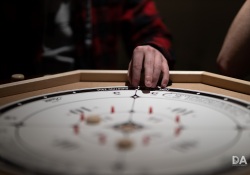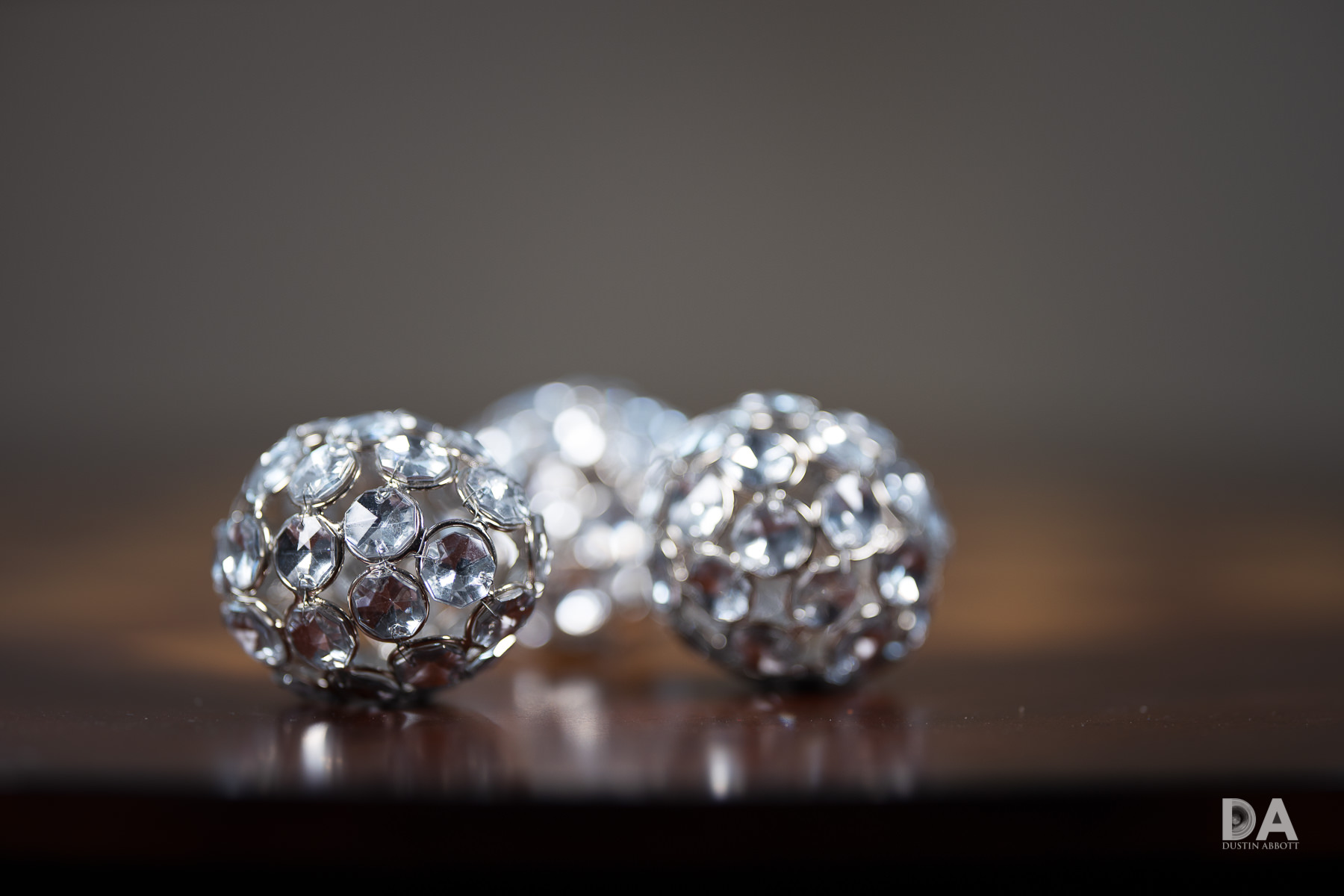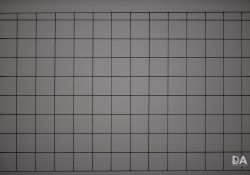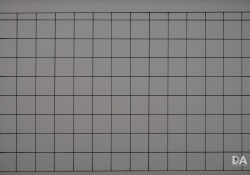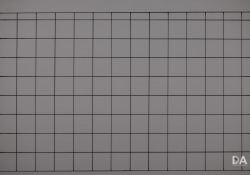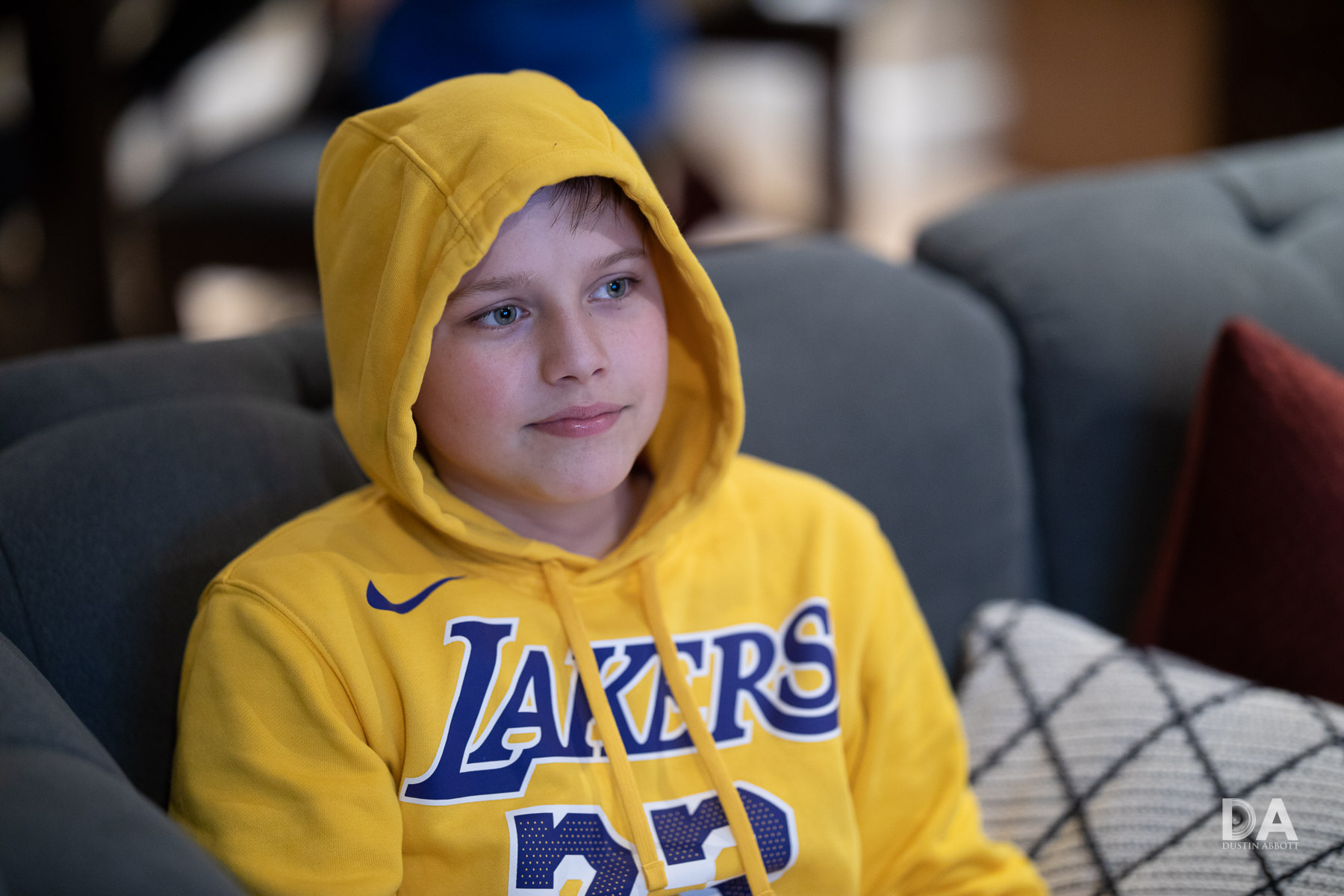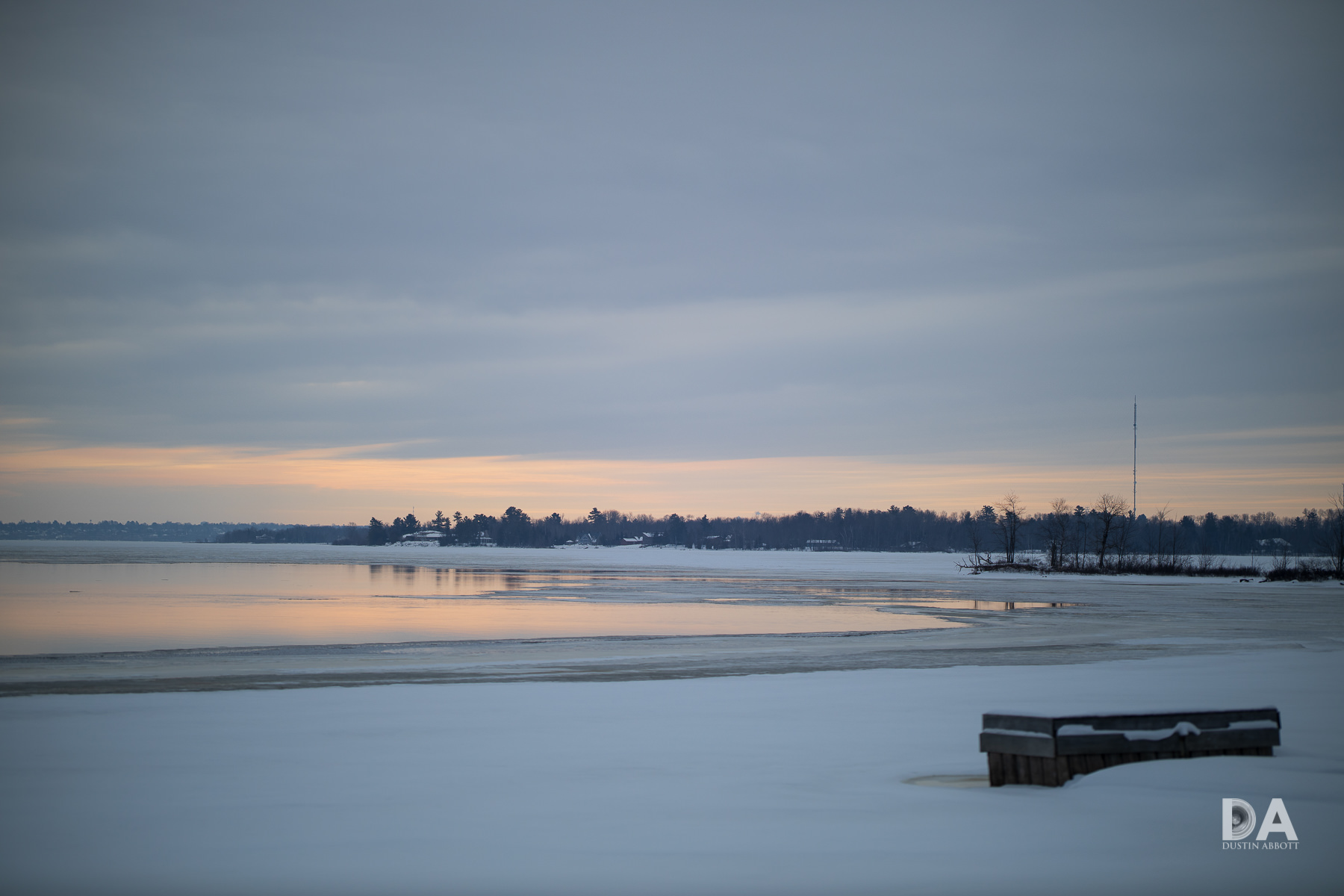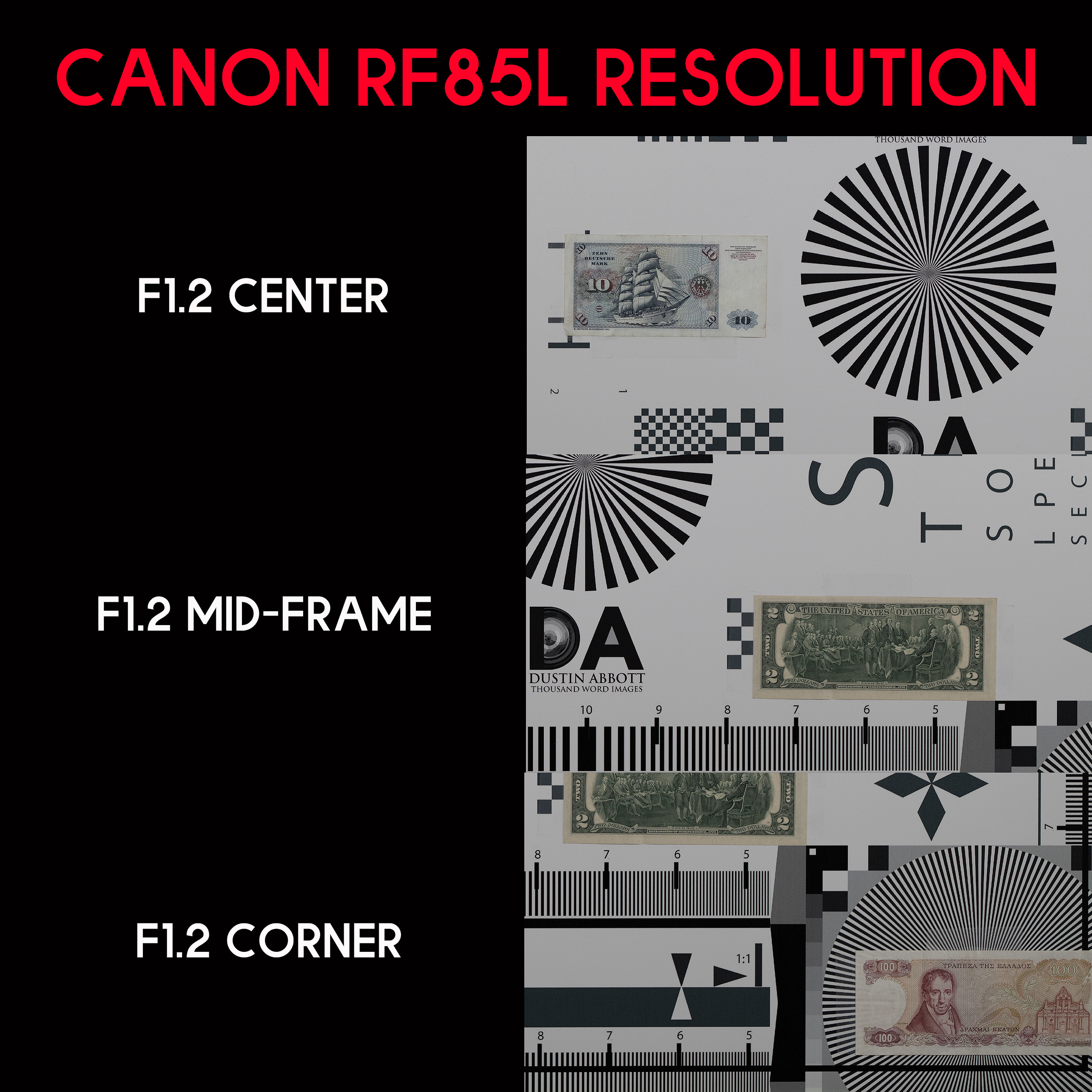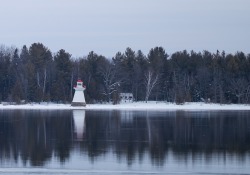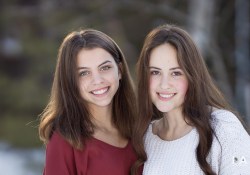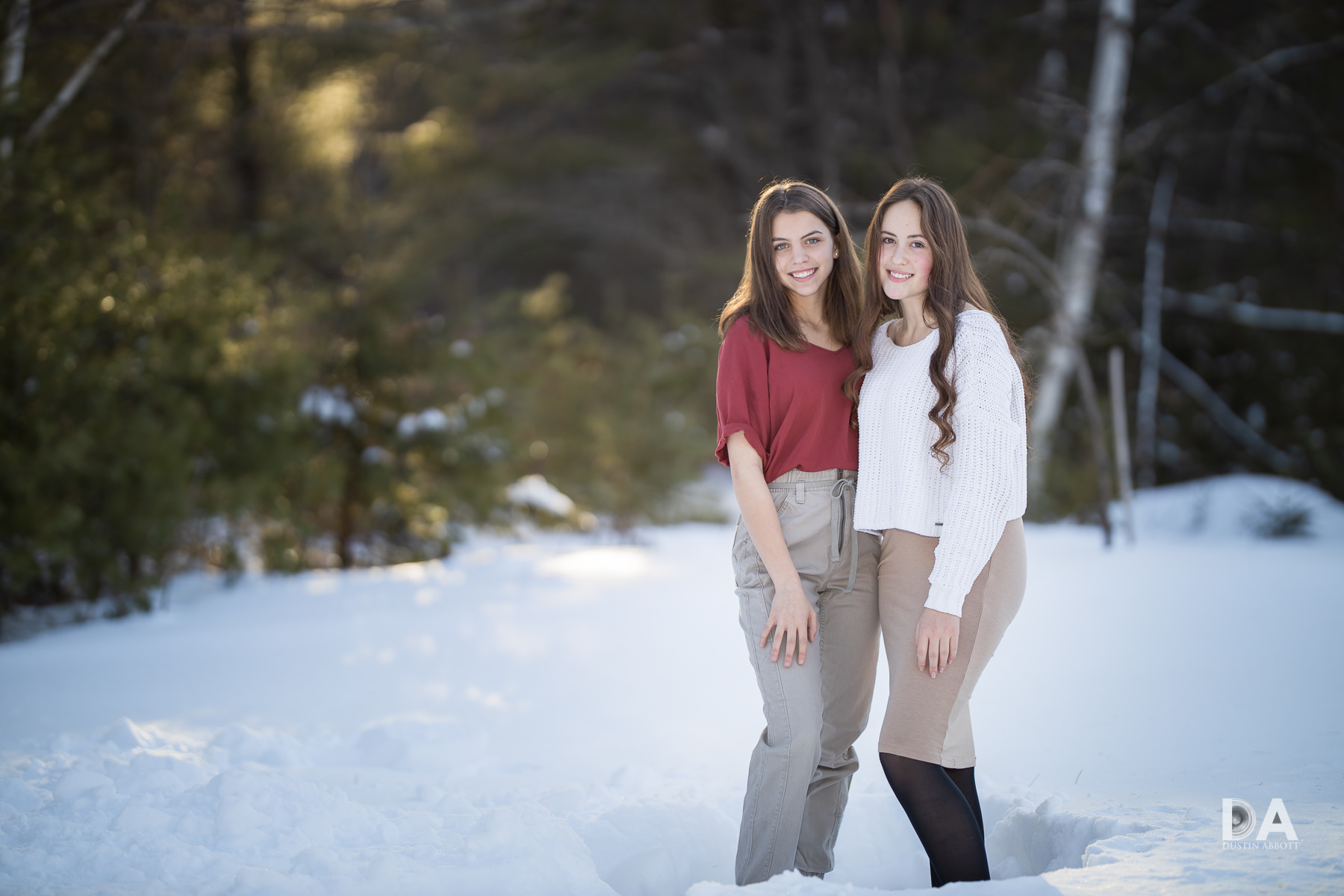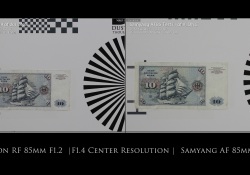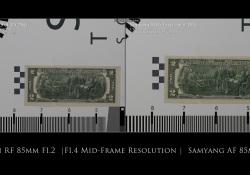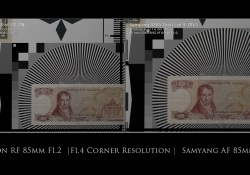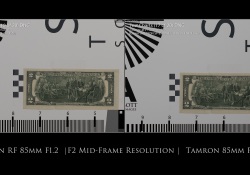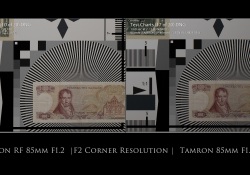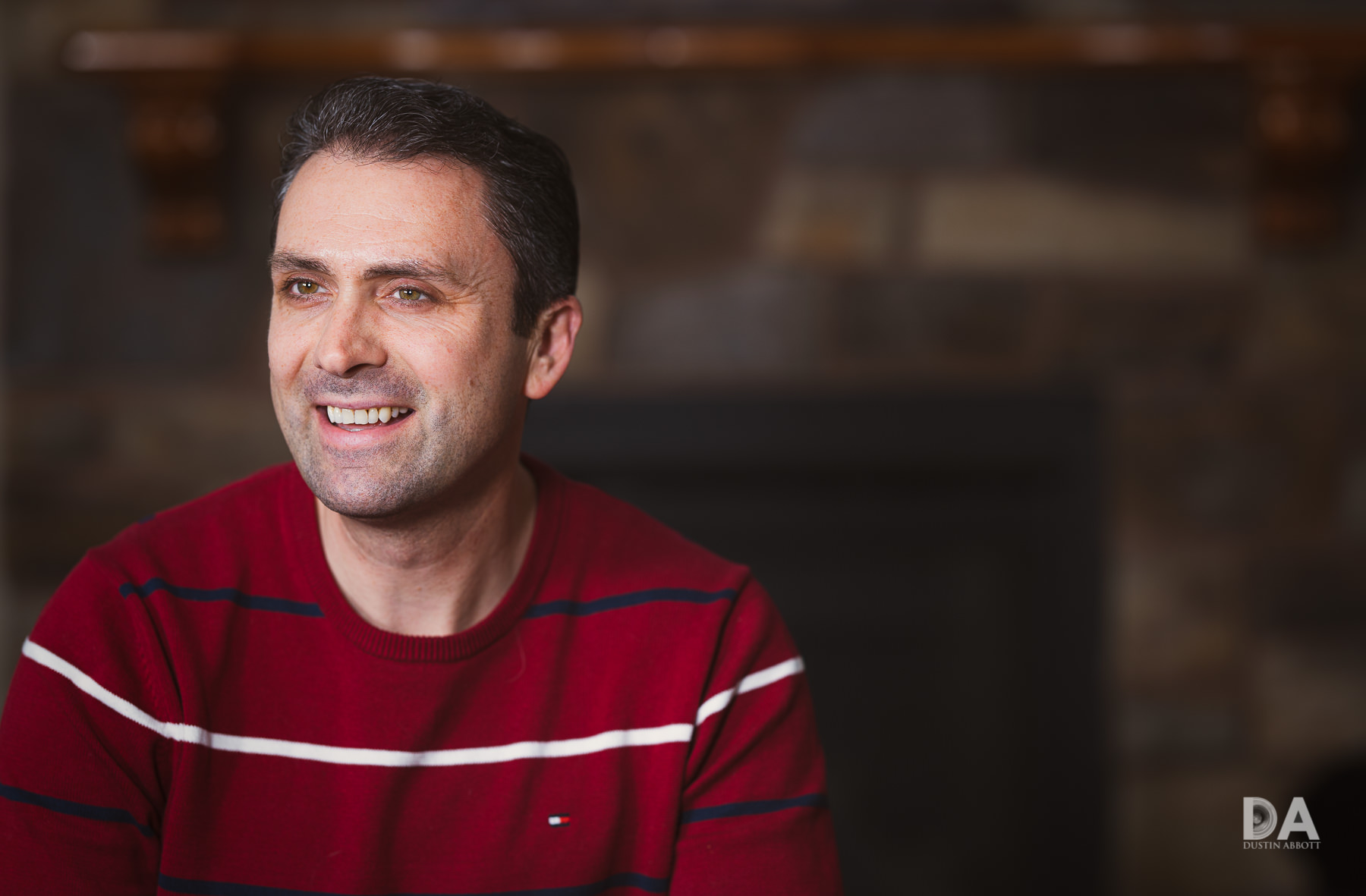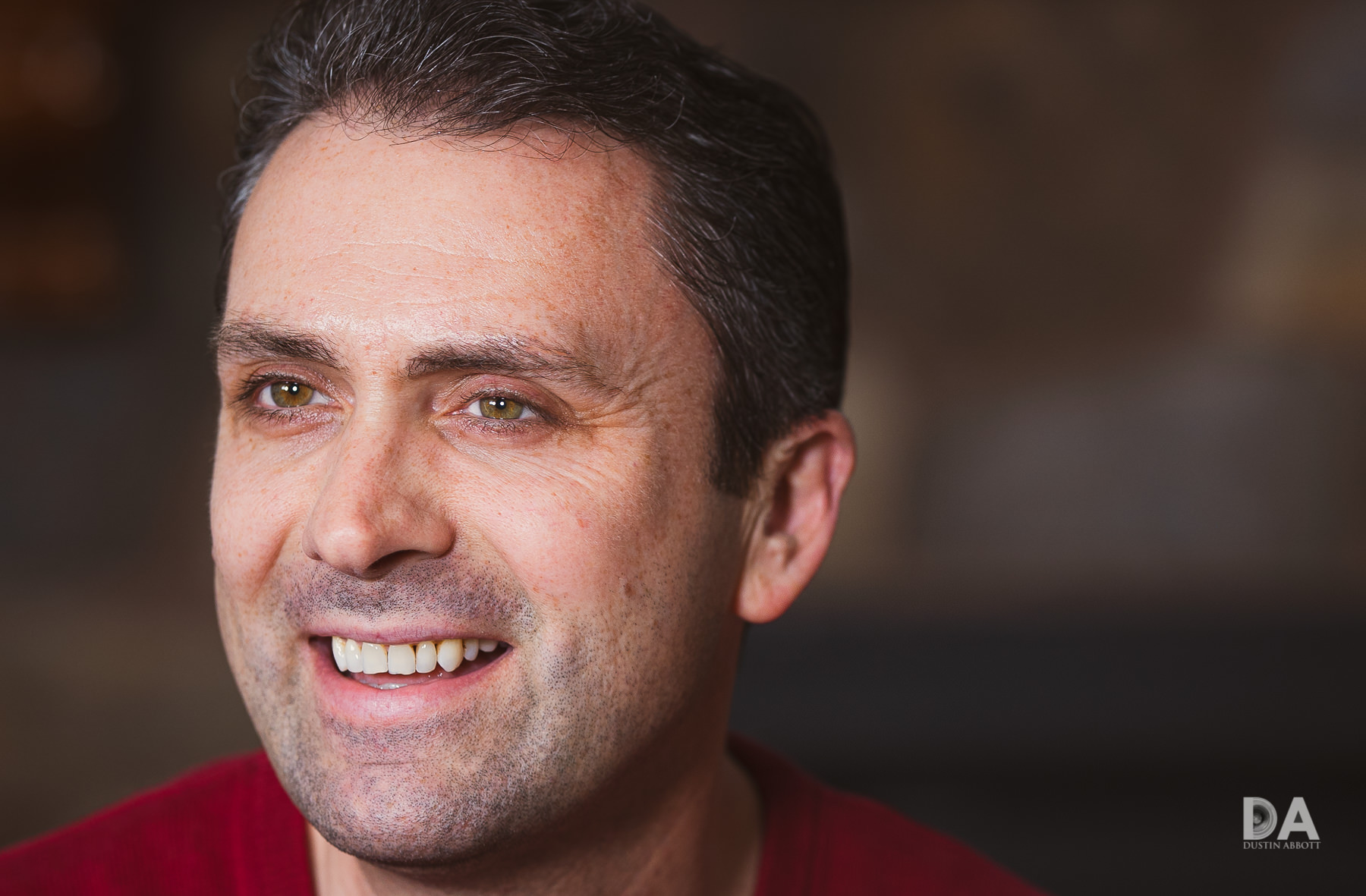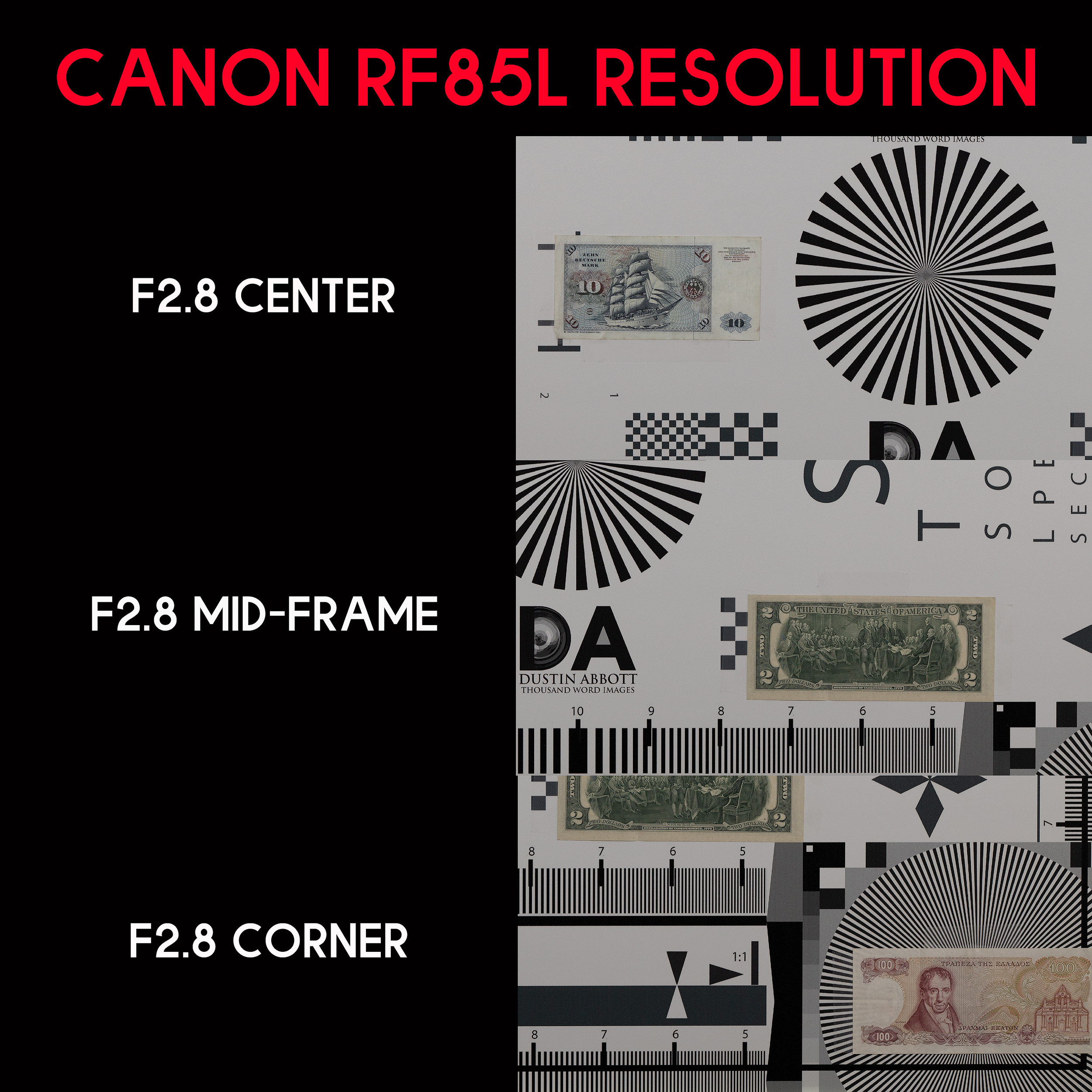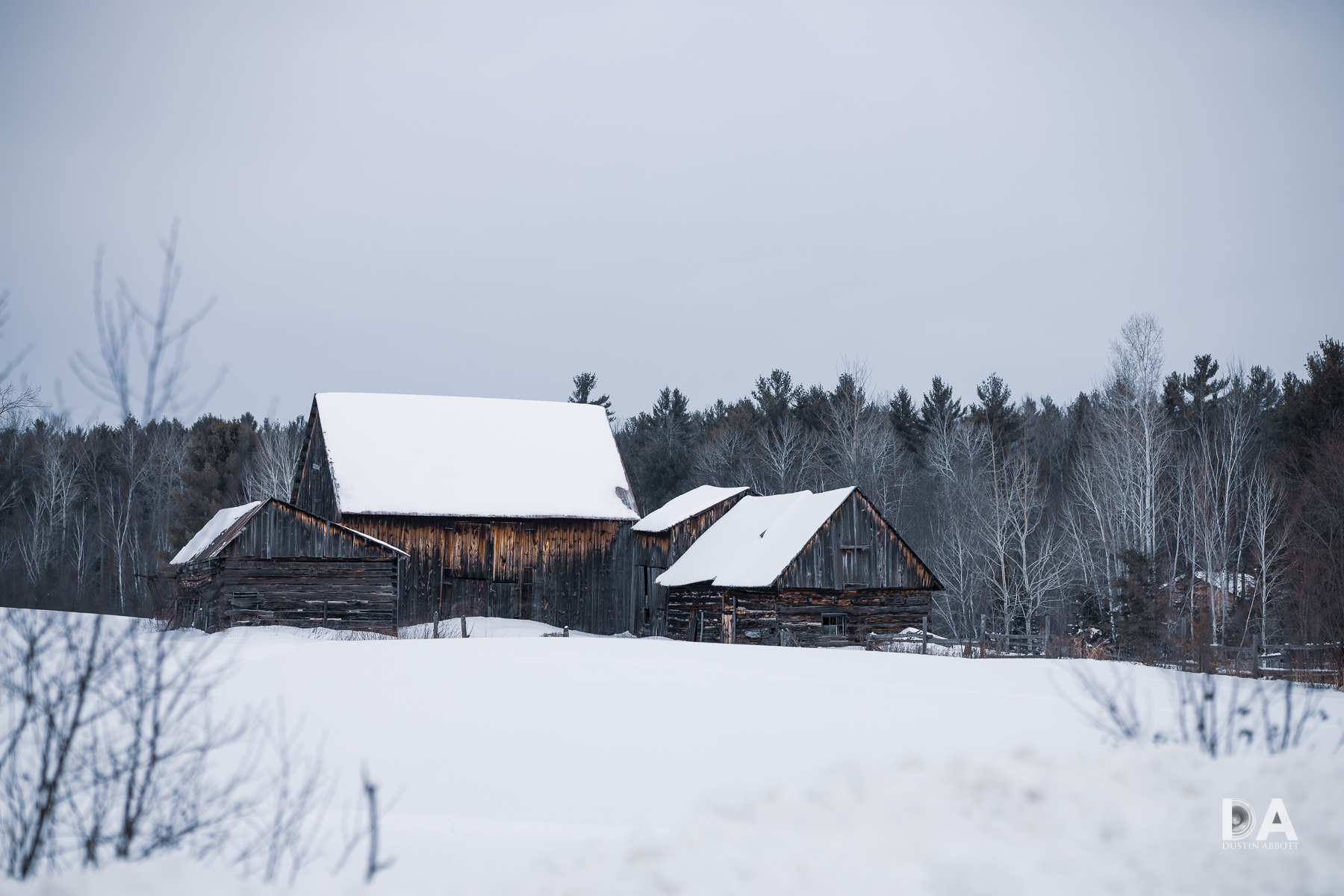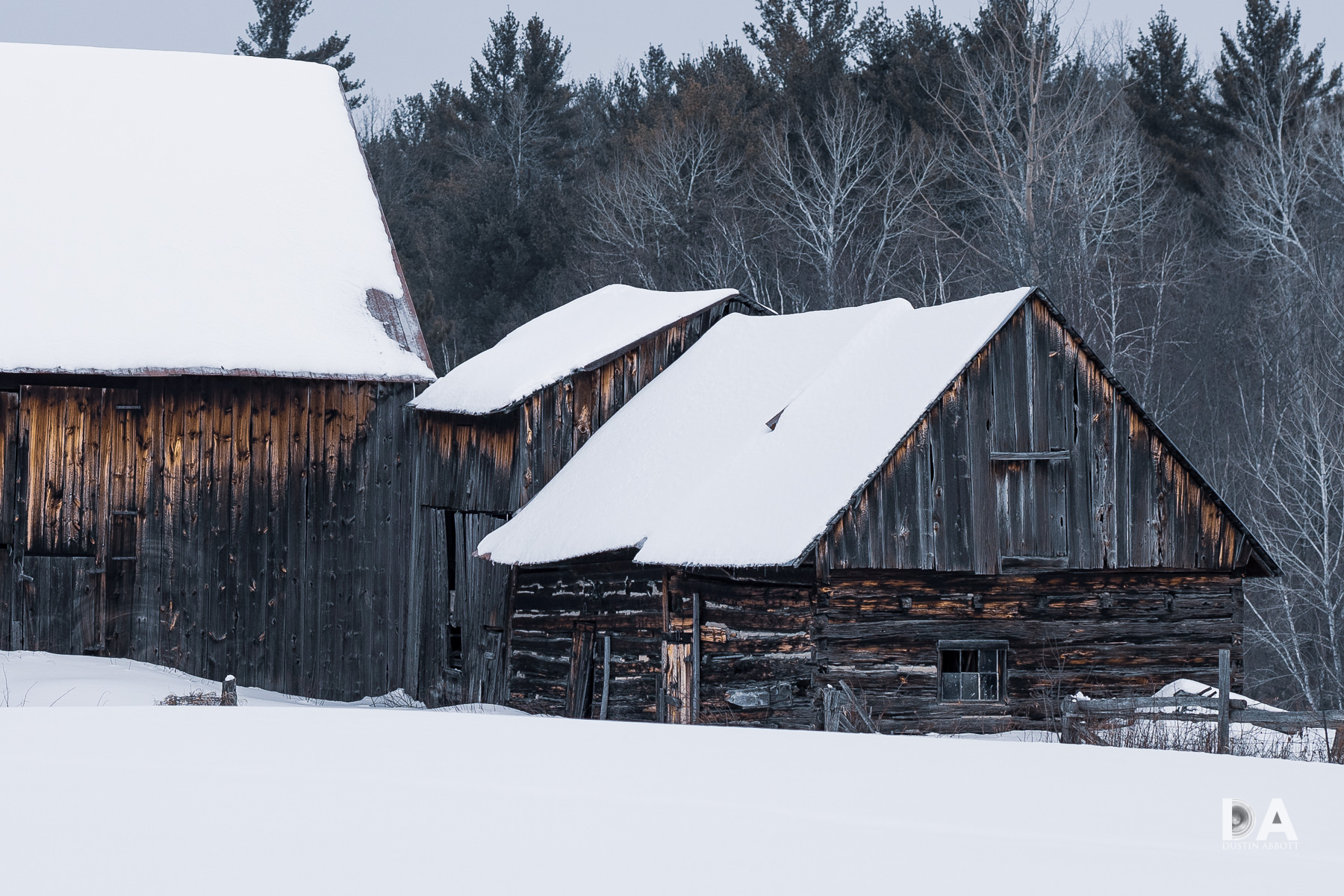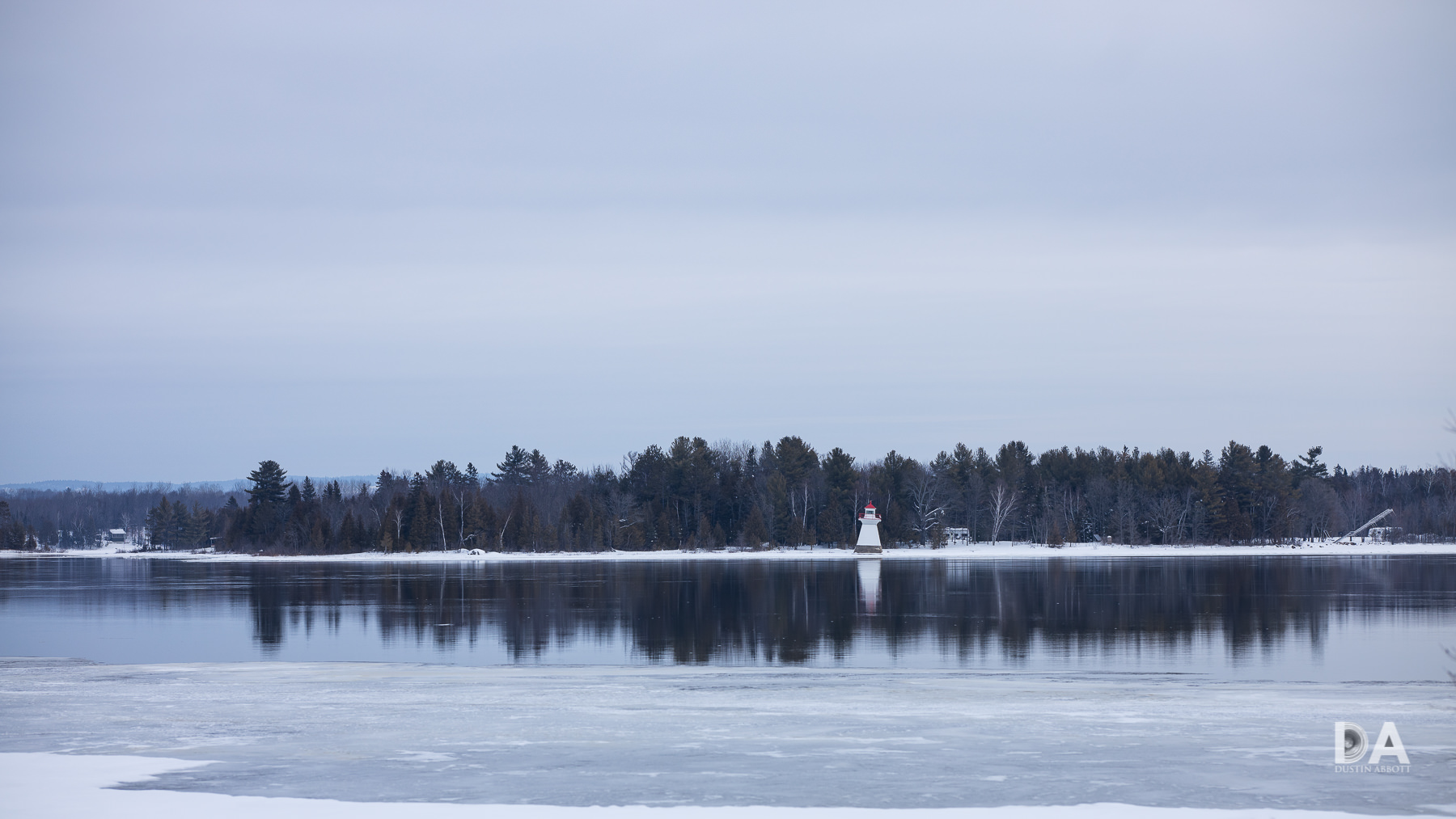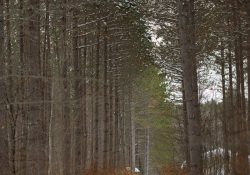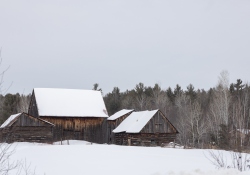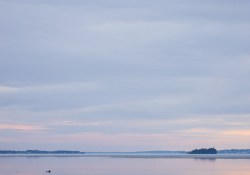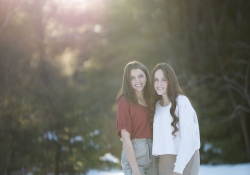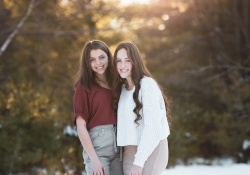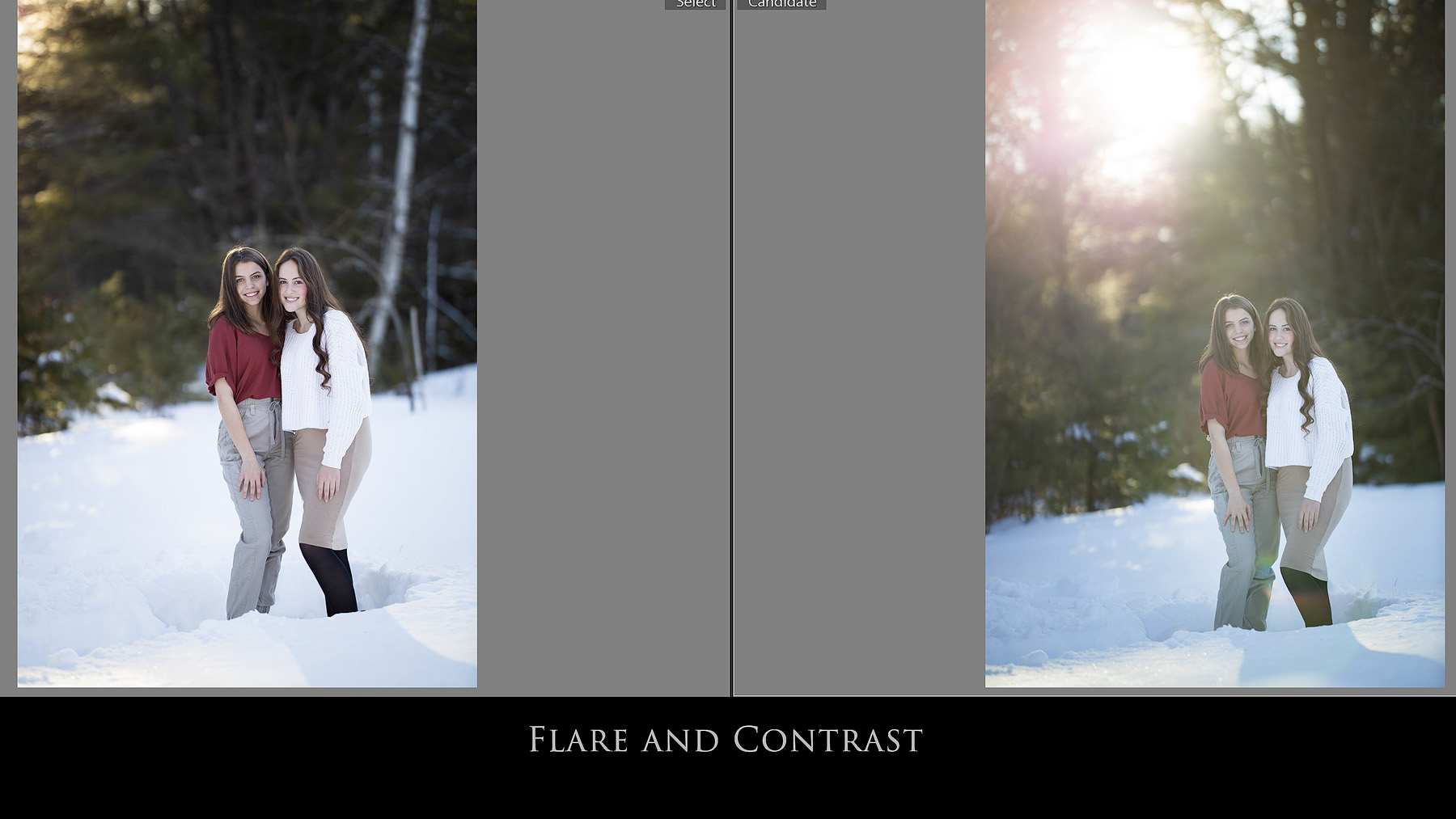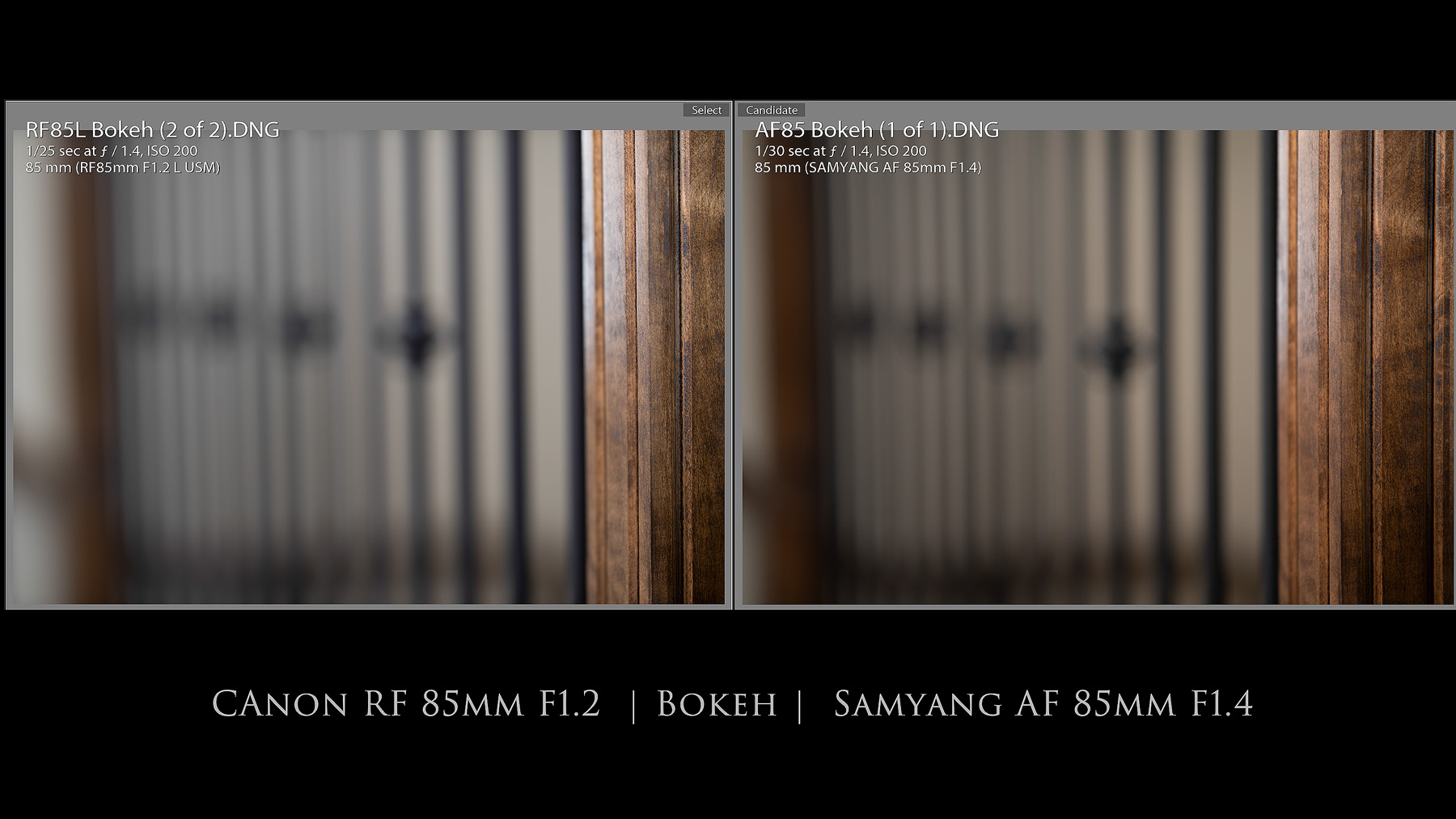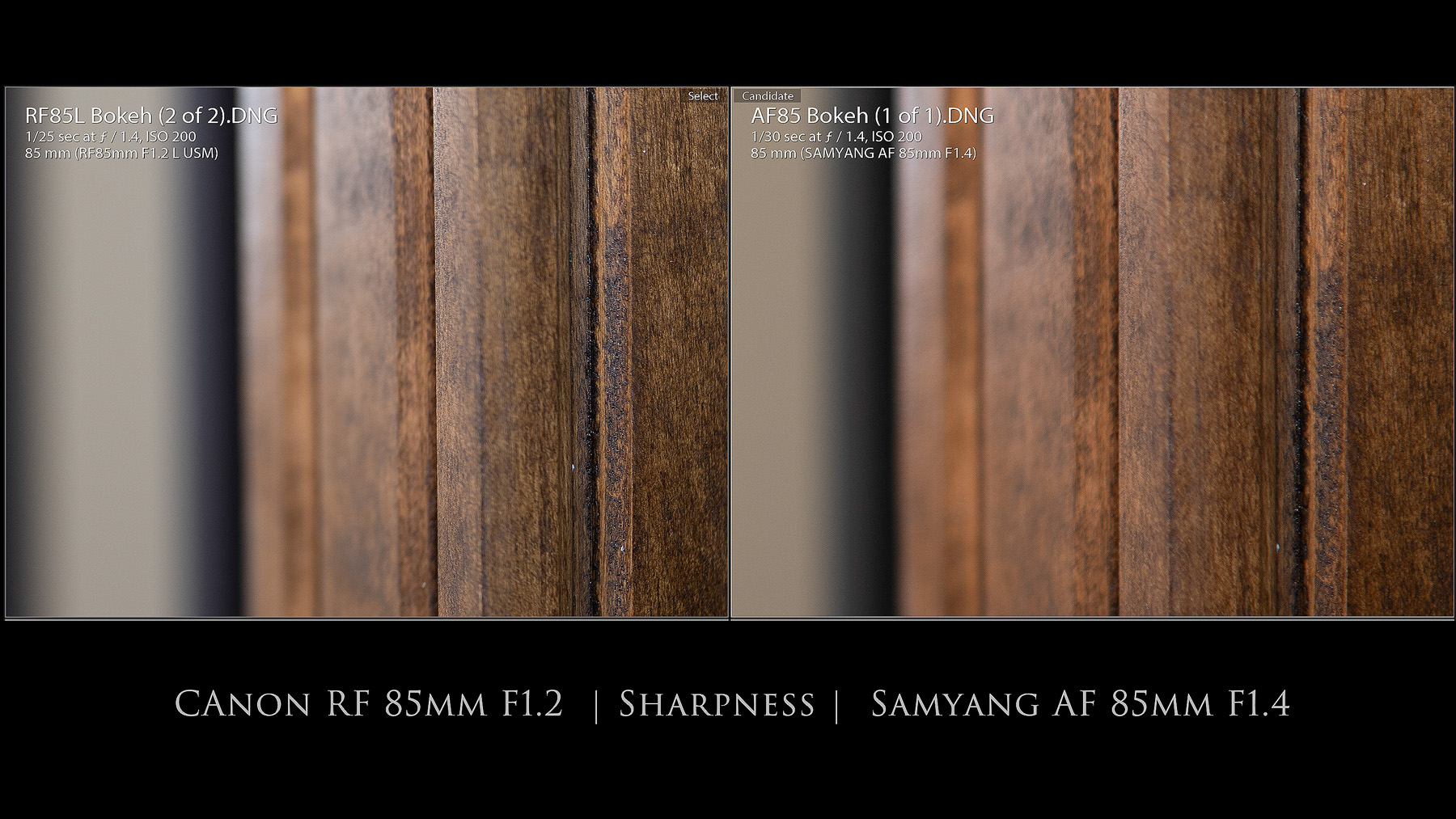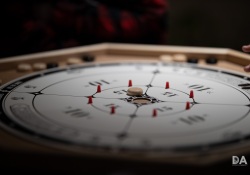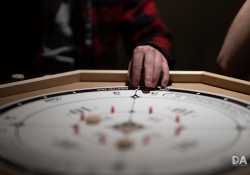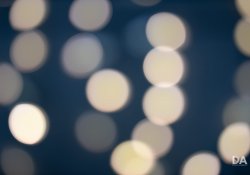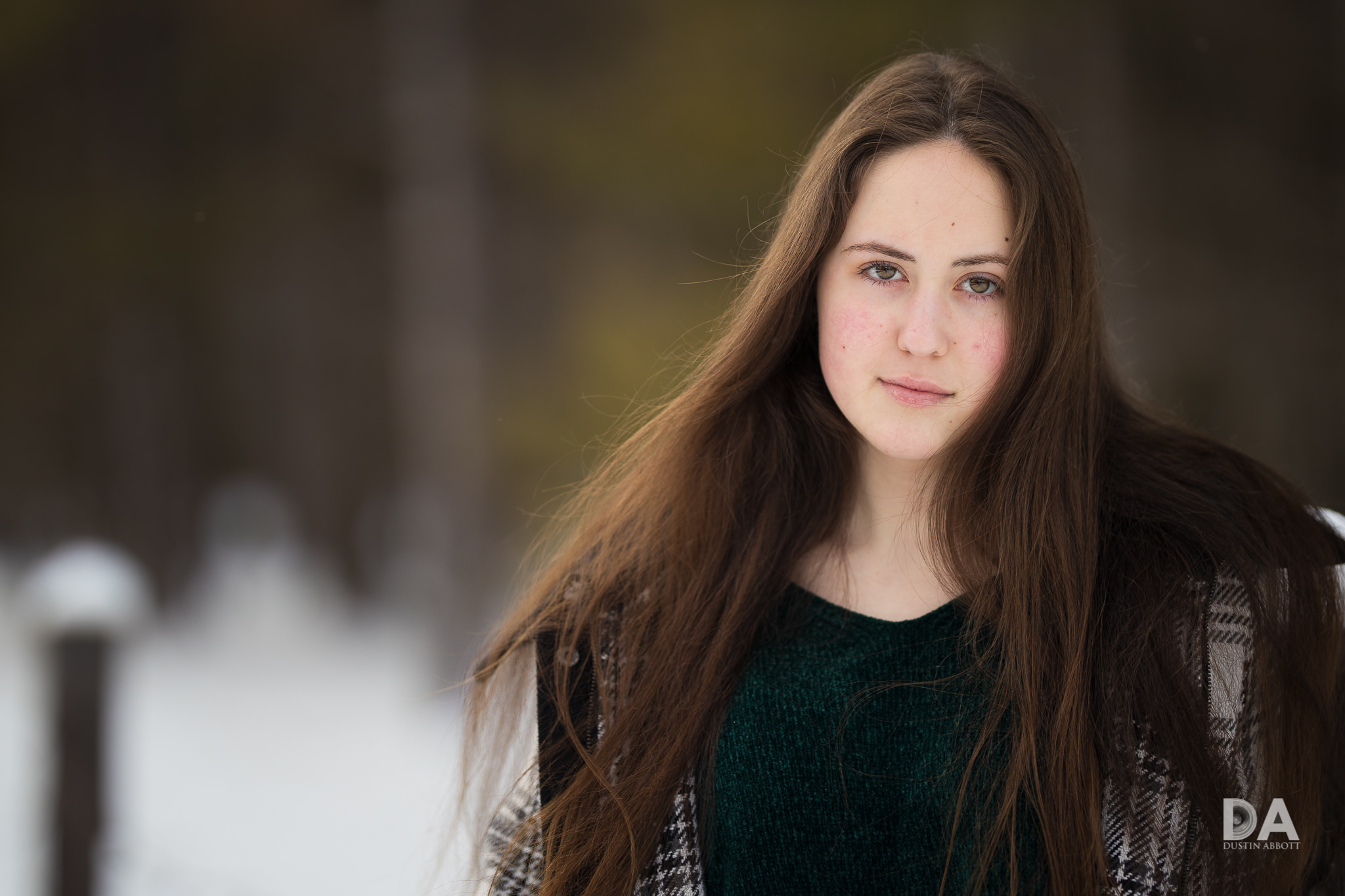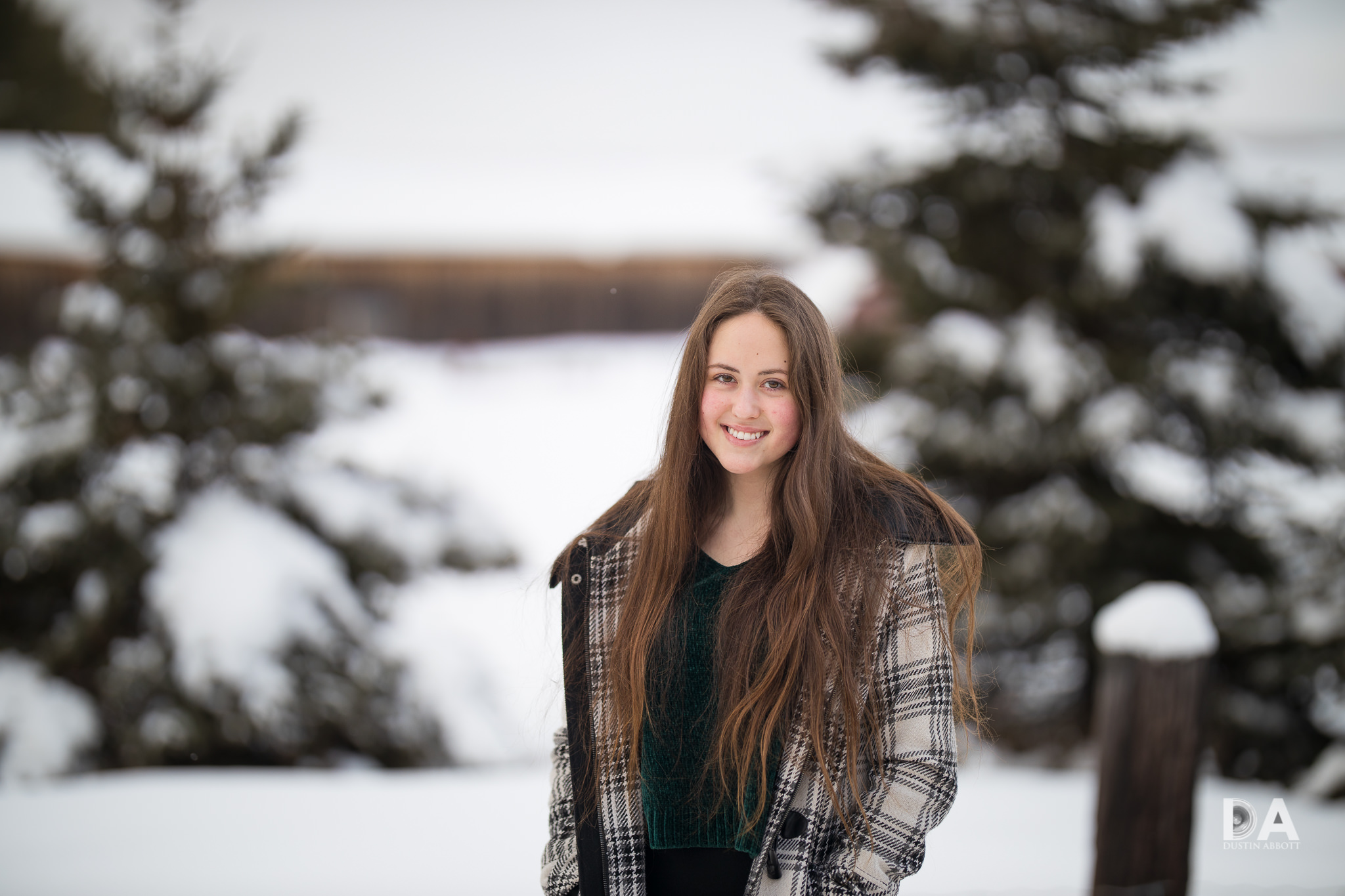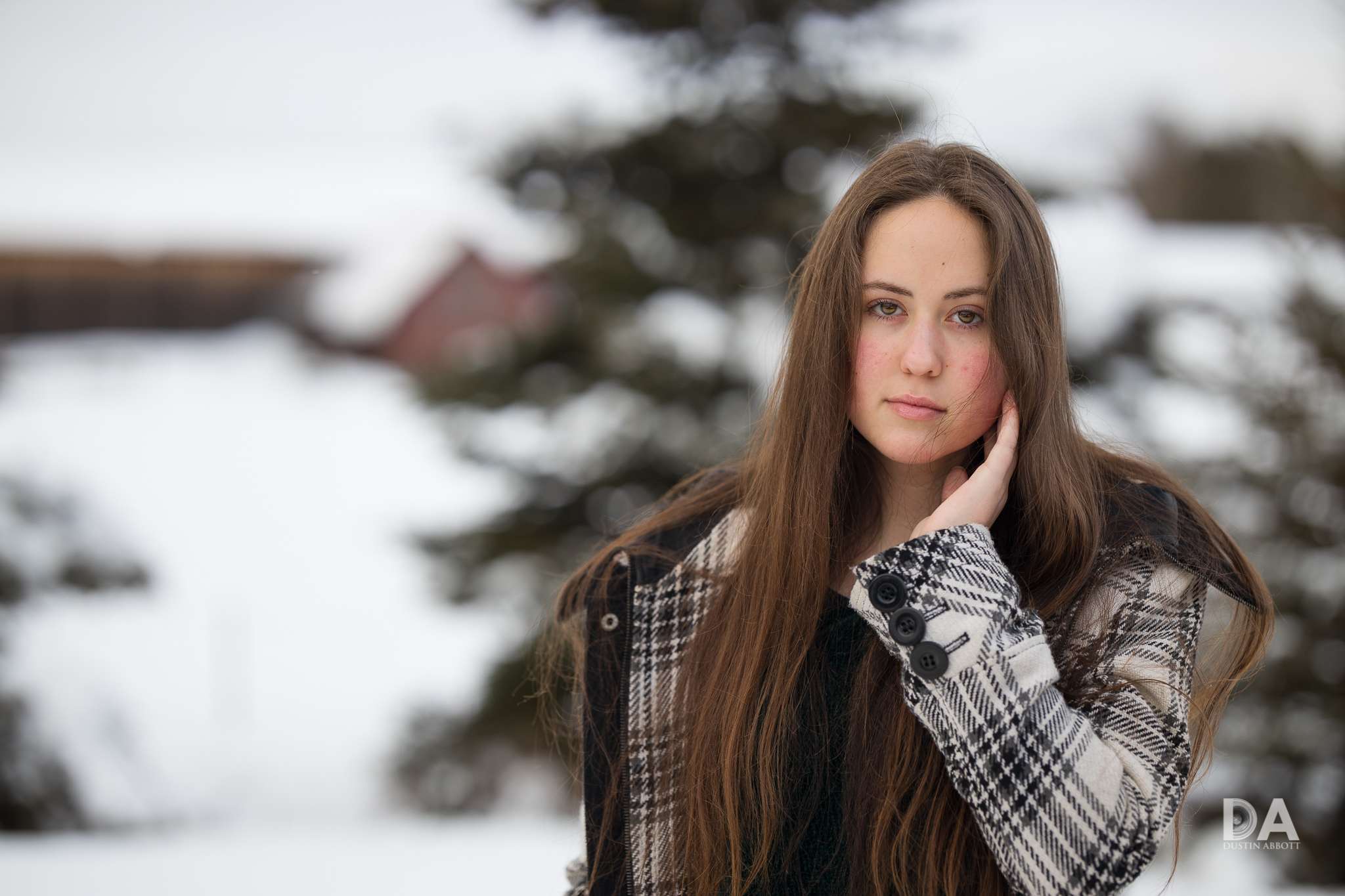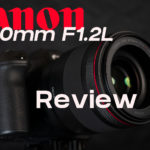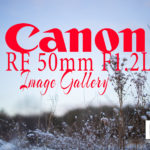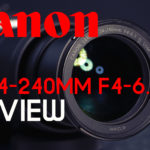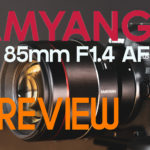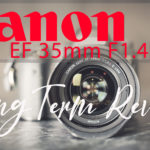Nearly 5 years ago Canon released its first prime lens to include a new technology called Blue Spectrum Refractive Optics. When I reviewed that lens – the Canon EF 35mm F1.4L II – I concluded that it was the best non-supertelephoto lens that Canon had ever made. I bought one myself not long thereafter and continue to love the lens. I thought that certainly Canon would begin to include this technology in many more lenses, as it was clearly incredibly effective. That hasn’t been the case, however. But finally I hold in hand another lens sporting BR Optics, and it is another exceptional prime lens. The Canon RF 85mm F1.2L takes the Zeiss Otus approach with a no-holds-barred approach to superlative performance irregardless of size and price. It’s a big, heavy, expensive lens that also happens to be a portrait photographer’s dream. Canon’s new RF mount has both a larger diameter along with more pins for increased electronic communication and this has clearly unlocked all kinds of new potential for Canon’s engineers. Is the RF85L (as we’ll call it for brevity) worth the $2699 USD MSRP?
That’s not really a question with one simple answer, as such an extreme lens makes it both desirable but also unobtainable for many. It’s size and weight mean that it isn’t particularly practical for those looking for a multipurpose lens at this focal length. It’s cost eliminates a broad swath of photographers. But much like Zeiss, however, Canon didn’t build and design this lens for casual photographers. This is a serious, high end tool mostly designed for working professionals. Well healed amateurs who want the best are also welcome, of course. But one thing is certain: optically this may be the best 85mm lens that I’ve ever used.
Better than the Otus?
To this point, the Zeiss Otus 85mm F1.4 is the 85mm lens that has impressed me more than any other. It would be hard to say definitively which lens is better without comparing them side by side, but the RF85L definitely wins on several points: 1) it has effective autofocus 2) it has weather sealing 3) it has a larger maximum aperture of F1.2. We probably could get “into the weeds” and debate some of the fine points of optical performance, but I suspect the RF85L could also win many of those comparisons. When you consider that this is a lens that costs nearly $2000 less than the Otus I suspect for many photographers actually debating between the two this becomes a “no-brainer”. There’s no disputing the practicality of the RF lens which allows portrait photographers to get consistently well focused results (using effective Eye AF) and actually track some action (at least for portrait/event purposes). I was able to get dozens of portrait shots within just a few minutes of shooting because I could implicitly trust the AF system to nail proper focus even at wide apertures.
I was also able to easily shoot a series of self portraits/tests remotely using the Canon Connect app and Eye AF to focus, which is really hard to do with manual focus lenses (trust me; I’ve tried!)
So there is no disputing the value of such a lens for portrait photographers. Speaking of portrait photographers, there are actually two versions of this lens (the other is coming soon). The second version will add the initials DS into the name and will add $300 to the price. The DS stands for “Defocus Smoothing” and refers to a special DS coating that is applied that emphasizes extremely smooth bokeh rendering. This will come at the cost of light transmission, however, with the DS version effectively having 1.3 stops of poorer light transmission…though only up to F3.2, where the two version of the lens supposedly become roughly equal. For portrait work (particularly outdoors), less light transmission while still keeping the shallow DOF of F1.2 is actually a boon; it’s essentially like adding an ND filter. The improved bokeh would also be welcome, though the “regular” version of the lens being reviewed here is no slouch in that department. I hope to take a look at the DS version in the future.
So let’s explore together if this extreme optical instrument is actually for you. You can read on or choose to watch either my thorough video review or quick take video review:
Check me out on: My Patreon: | Google+: | Facebook: | Twitter: | Flickr: | 500px: | Sign Up for My Newsletter :
I’m reviewing this lens on a Canon EOS R body. Thanks to Canon Canada for the lens loaner.
RF85L Build and Handling
Like the RF 50mm F1.2L which I reviewed a few months ago, this is an exceptionally large and heavy lens. It is within a few grams of the incredibly large and heavy Zeiss Otus lens, and is definitely significantly larger than the EF 85mm F1.2L II lens. Here’s an overview of how these lenses compare in size and weight:
One of the first visceral reactions I had to the lens was how large it actually was. This is a BIG lens, and is actually wider in diameter than the Otus. This is interesting considering that Canon has managed to retain an 82mm filter thread while the Otus has a larger 86mm filter thread. The RF85L feels very chunky, and I was very thankful that the EOS R body that I was reviewing the lens on has a better grip and better spacing to the grip than Sony mirrorless cameras, as otherwise there would be little room to fit one’s fingers in there!
The chunkier grip on the EOS R also allows the camera/lens to not be completely imbalanced, though this is still a very front-heavy combination. The width of the lens actually exceeds that of of the EOS R camera on either side. This is not going to be a lens that you just casually throw into your bag; like the Otus or the Sigma 85mm F1.4 ART, this is a lens that you are have to be intentional about using.
What is equally clear, however, is that you are getting a very well made lens here. The RF85L incorporates all of the professional grade build features that the RF50L did, including a thorough weather sealing throughout the lens. This includes a gasket at the lens mount along with a total of 10 internal seal points (switches, rings, etc…) and terminates in a fluorine coating at the front to resist moisture and oils. This has the added benefit of making the lens easy to clean.
Canon also includes something called “Vibration Shock Resistance” which recognizes that professionals will use the lens in high-pressure situations where the gear is likely to get knocked about a little more. This special design helps assure the lens will stay optically centered and functional even if it takes a few hits, though like with weather sealing some common sense is also helpful. The construction of the body is engineered plastics and not metal like the Zeiss Otus, but it manages to feel premium nonetheless (that may be a side effect of the sheer size and weight!) The lens is designed around a metal mount and internals and has a poly-carbonate (engineered plastics) shell in a low gloss, matted finish that is very resistant to fingerprints and scratches. I suspect this is a lens that will wear very well.
Up front we find that 82mm filter thread (large but common) and a large lens hood with a ribbed interior to stop stray light from bouncing around. The hood has a small locking mechanism that keeps it from inadvertently coming loose. The lens hood is plastic and rather plain; the Sigma ART series hoods are certainly a little more premium in their materials and design. The lens hood is perfectly functional, but it doesn’t feel premium in any way. The included leather “sock” pouch is, for most of us, something that we will never use as it provides only minimal protection value. The physical length of the lens does not change during focus.
There are two rings on the lens. The closest to the front of the lens is the control ring, which you can select the function of inside the camera body. I personally have mine set to EV Compensation right now, which is something I use often in winter conditions to adjust for the snow (which often causes metering systems to underexpose). You might also use it like an aperture ring or a number of other options. Canon says this, “The RF 85mm F1.2 L USM lens incorporates a control ring on the lens barrel that can directly adjust numerous settings including shutter speed, aperture, exposure compensation and more. Located towards the front of the lens and effectively adding a third dial to the EOS R series cameras’ main dial and quick control dial, the control ring has a tactile, easily distinguished surface and features a clicking mechanism that provides tangible feedback for confident use while looking through the viewfinder. For photographers and moviemakers who would prefer a silent control ring, the clicking mechanism can be removed by a Canon service provider for a fee.” The control ring is a unique feature to Canon’s RF mount lenses and sets them apart from competitors.
More standard is the ribbed manual focus ring with a rubberized texture. It’s not particularly wide considering the dimensions of the lens, but it’s adequate and not hard to find by feel. The damping on this ring is fairly light (I would prefer a little heavier, myself) and doesn’t have a particularly good feel (you won’t mistake it for the Otus when it comes to manual focus!). Like other mirrorless lenses, manual focus is “focus-by-wire”, where focus input on the ring is routed through the focus motor, which then moves the elements. Input lag isn’t bad, though there isn’t a whole lot of “feel” to the manual focus process. The good news is that you’ll probably rarely have to use it, as autofocus is very efficient.
There are two switches on the side of the lens barrel. One gives you direct control over AF/MF (always appreciated), and the other is actually a focus limiter with a choice of FULL or 1.5M to infinity. Eliminating close focus options can speed up autofocus in certain situations.
With a minimum focusing distance of 2.79 ft./0.85m and a maximum magnification of approx. 0.12x, the RF 85mm F1.2 L USM is pretty standard fare. 85mm lenses are never known for the close focus or magnification figures, and this result is about average.
The maximum aperture of F1.2 will crush backgrounds at MFD and allow your subject to really stand out.
While the RF50L has a ten-bladed aperture, the RF85L settles for a more typical nine-bladed aperture that does a nice job of retaining a circular shape when stopped down (here’s a comparison of wide open and stopped down a little over two stops to F2.8:
The first impressions of the lens are of its size and girth, but fortunately that is moderated by nice handling and performance in the field. The sturdy build reminds you that this is a lens built for professional grade use.
Canon RF 85mm F1.2L Autofocus Performance
Canon has chosen to employ a ring-type USM (Ultrasonic Motor) rather than their Nano-USM technology employed in some of the other RF lenses. That may have to do with the additional torque required to move such large and heavy glass elements as found in this F1.2 lens. I have found Nano-USM to be the faster and quieter technologies of the two (and a little more refined for video AF), but I suspect that Nano-USM is not really designed for these “far-from-nano” lens elements here. I’ve observed the same irony on the Sony platform where the smaller F1.8 lenses (35mm, 55mm, and 85mm) often show faster, quieter, and smoother autofocus than the bigger F1.4 (Distagon, Planar, and GM) options.
That being said, autofocus here is more positive than negative. Autofocus is fairly fast but not instant. If you’re coming from the EF 85mm F1.2L, you might be impressed, but if you’re coming from a 70-200mm F2.8 zoom, you won’t be. You will actually perceive focus moving forward rather than instantly arriving there, though using the focus limiter helps speed. More minor focus adjustments (like for a portrait session) are closer to instant, and you will only notice slower focus when making a major focus adjustment. These happen much less often when you have the focus limiter attached.
The RF85L is the kind of lens you’ll want to shoot a LOT at F1.2, so having critically good focus accuracy is important…and that’s exactly what you get here…though the lens performs better in some scenarios than others. If you are using it for people photography, it’s accuracy is fantastic. In my portrait sessions with the lens my focus accuracy was essentially 100%. I discarded a few photos when the opposite eye than I wanted had been selected, but that eye was accurately focused.
It’s a wonderful reminder of how fantastic it is to shoot portraits on a mirrorless system where you have thousands of AF points position everywhere. You can focus wherever you want and expect highly accurate results. No worries about focus and recompose or trying to use the “more sensitive” center points. With mirrorless I often keep all points active and just override by putting a finger on the LCD if focus doesn’t automatically grab what I want. Most of the time it does!
Where I was less impressed in my wanderings in the woods where I like to find different subjects and isolate them. This is typically leaves or similar type growth. I found the lens to be reluctant to focus at closer focus distances. In the first shot here, I had most the AF points active. The focus system ignored the background and stayed glued to the background. Not unexpected, but more surprising was when I put a focus point right on the foreground object. It still wouldn’t come to the foreground to focus on the subject (no, the focus limiter was not engaged). The third (correct) result was achieved by manually focusing.
This was at F2.8, so it wasn’t even the most difficult focus scenario.
Here’s another similar example. I chose a fairly large foreground object (in terms of how much of the frame it occupied) and again could not get focus to move forward to the foreground.
I turned and focused on the trunk the tree nearby, and then moved back to the subject. This time I got accurate focus.
So there will be scenarios where the RF85L is a little reluctant to focus on a foreground object near MFD. I found it a little frustrating in so expensive a combination, particularly since I shoot in similar situations often and am accustomed to getting better results.
Low light performance is also very good thanks to that huge maximum aperture and the camera’s low light sensitivity. I was able to lock focus with surprising speed in near dark conditions. In the second shot it was dark enough that I could not see the boxes that I was focusing on with the naked eye, but the amazing sensitivity of the 1.2 aperture and great focus system (Canon says it can focus at a record -6EV) showed me in the dark what to aim the camera at, and locked fairly quickly. On a more negative note is that I intentionally switched between close and medium distance subjects in low light and found the focus changes VERY slow. I would say that the RF50L was faster to focus in those conditions, though, to be fair, the extreme low light photo calculates out to an exposure value (-6.17 EV) that actually exceeds the rating of the camera. In more typical lighting conditions the focus hardly slows down at all.
The major takeaway is that this is going to be a FANTASTIC lens for those who shoot weddings or events in low-light venues, and even portrait photographers have so many options of the kind of lighting they can use of portrait shoots. Pretty awesome!
Canon RF85L Image Quality
The RF85L has an optical formula of 13 elements in 9 groups, which is a bit more complex than either the much older Canon EF 85mm F1.2L II and even than the Zeiss Otus 85mm F1.4. This includes an aspherical element along with one UD (ultra-low dispersion) element. These specialty elements are augmented by special coatings like Canon’s ASC (Air Sphere Coating), and, most importantly, the expensive-yet-highly-effective Blue Spectrum Refractive Optics element that essentially banishes chromatic aberrations. And this tech WORKS! Look at the essentially total lack of longitudinal chromatic aberrations (purple and green fringing) even at F1.2:
As you can probably also tell from the crop, this fabulous control of LoCA allows for an incredible amount of microcontrast (contrast at a texture level). The rendering here looks more like a macro lens than a incredibly wide aperture prime lens at F1.2. This is the kind of performance I’ve really not seen outside the Otus 85mm. That gives us a preview of the amazing sharpness of the lens that we will more thoroughly explore.
When checking for vignette and distortion we find that distortion is essentially non-existent but that there is a fairly heavy amount of vignette. This isn’t surprising in a lens with such a wide maximum aperture. The standard profile in-camera for JPEGs or the profile in post for RAW does a good job of cleaning up the vignette, as does the standard profile in Lightroom. You can see from the F2 sample at the end of the sequence that most of the vignette clears up naturally by F2 and isn’t really a factor after that.
There will be some scenarios where you might like to leave the vignette, however, as it is a nicely linear one that looks good with certain images and draws the eye towards the subject.
In snowy or bright scenes, however (a lot of what I’ve got at the moment), the vignette is far less desirable, like this landscape scene.
Bottom line, though, is that you have a choice on how to handle the vignette, and that’s a good thing. The profiles in camera (JPEG and Video) or software (RAW) will clear it up nicely if you don’t want it, and distortion is essentially a non-issue.
So how about the resolution? Put simply, this is a stunningly good lens delivering results that are competitive with the Otus even at F1.2. The Otus might have the slightest edge on the periphery, but both lenses are so fantastic you couldn’t really tell a difference. I’ve chosen to examine the result with the vignette corrected so that we can clearly see the corner performance. What we can see is essentially a flawless performance from corner to corner:
I’ve reviewed a few lenses that looked fantastic when looking at a test chart, but in real world lighting conditions didn’t perform as well. That’s absolutely not the case with the RF85L, as it performs very well in real world conditions. Put simply the RF85L is brilliantly sharp at various focus distances. This is much like the Zeiss Otus lenses; the premium optics give the ability to have incredible acutance at any focus distance rather than being optimized for just one. Here are a few real world samples at various focus distances along with crops so you can see the detail.
You’ll notice from the final example (the closest focus distance) that the depth of field is incredible tiny. You will find that at head and shoulders type distances that a smaller aperture is probably more desirable. In fact, here’s an example where I was something like 4 meters (13 feet or so) away from my subjects.
You’ll note that at if you look closely at the crop, the girl on the left isn’t quite in focus with an F1.2 aperture even at that kind of distance. For many people in many situations, F1.2 is actually a larger maximum aperture than what is absolutely needed…particularly at a longer focal length like 85mm. That’s an argument I’ve often made when reviewing 85mm F1.8 lenses; for many photographers in many situations, F1.8 is a large enough maximum aperture at 85mm. But what a larger maximum aperture nets you is the ability to really deliver incredibly soft backgrounds and greater subject isolation. This is more valuable at full body length distances where the whole face can still be in focus, but there’s no question that it provides more creative options in most all situations.
So how does this compare to alternatives? At any given moment I am somewhat constrained by whatever lenses I have on hand. I have a new testing method that I hope will allow me to establish more of a catalog of standardized results to test against, but this is in its infancy. I will note that as I’ve already mentioned, chart results don’t tell the full story. At the least, however, this does provide some frame of reference.
What I have on hand at the 85mm focal length is the Tamron 85mm F1.8 VC lens in a Canon EF mount along with the Samyang AF 85mm F1.4 in a Sony FE mount. Neither of these lenses are in the Canon’s class in terms of price (not even close), but both of them have involved with large comparisons in the past. The Tamron was involved in a comparison including the Canon EF 85mm F1.4L IS, Sigma 85mm F1.4 ART, and Zeiss Otus 85mm F1.4. The Samyang was involved in a six-way Sony FE comparison, including both Sony 85mm options (F1.8 and F1.4 GM), Zeiss Batis 85mm F1.8, Viltrox 85mm F1.8, and Sigma 85mm F1.4 ART. Both lenses punched well above their weight, and you can get a sense of how they performed in those comparisons. I’m not presenting either of them as a true benchmark, but what will do is illustrate the difference between a good lens (which both of them are) and an exceptional lens (which the RF85L certainly is).
Here’s a look at how the Samyang compares at F1.4 (Center Midframe, and Corner):
The Samyang result is on a Sony a7RIII body, so it does benefit from higher resolution (30 vs 42 Mpx), but we can clearly see that the Canon renders the fine details with greater detail and contrast. This is even more apparent with the originals than what shows up here.
Here’s a look at how the Tamron compares at F2 (Center, Midframe, and Corner):
Both of these were shot on the EOS R, so the resolution is the same, but in many ways it is even more obvious that the RF85L is much more sharp and crisp in rendering the various textures.
At F1.8, the Canon is brilliantly sharp. Here’s a look at a portrait shot with a near-pixel level crop. This is assuredly as much (or more) detail than any of us would want of our faces!
It’s worth highlighting how great Canon does with skintones, however. The skin results are neutral and have very nice tonal transitions.
F2.8 brings flawless resolution across the entire frame for the RF85L; it is brilliant in both contrast and resolution from corner to corner.
I was equally impressed with the performance at infinity. Take for example this handheld shot at F2:
Here’s another at F2.8. The textures are crisp and defined with no bleeding all across the frame:
At this point in the review, I feel very much as I did when reviewing the RF 50mm F1.2L. These incredible lenses make me really wish for a higher resolution R body to pair this lens with. One gets the impression that the 30Mpx sensor of the EOS R isn’t even making this lens break a sweat. Here’s a few other landscape images:
For having such large elements, flare resistance is actually fairly good. It is roughly similar to that of the RF50L. The Otus probably takes a slight win here, but I find the flare pattern at wider apertures (where the lens is most likely to be used) to have great artistic application as it mostly comes in the form of veiling rather than ghosting artifacts:
Here’s a few samples at various apertures:
I personally kind of like the creative options. With a medium telephoto lens it isn’t difficult to choose where the backlight will be (or not be) in the frame, and you can create two different looks with just a minor adjustment:
While I recognize that Canon is also releasing a dedicated “bokeh version” of this lens, don’t think that this means the bokeh from the RF85L is shabby. It isn’t. I have often noted that lenses with extremely well corrected chromatic aberrations (Apochromatic lenses, for example), often suffer a little bit in the bokeh performance because the bokeh retains more contrast. The RF50L definitely had more uncorrected CA, and I think the rule is true here, as I think that lens is ever-so-slightly better as a “bokeh maker”. The other side of that coin, however, is that defocused areas on the RF85L will be perfectly neutral while you will see a bit of fringing on the 50L. People have long valued the Canon EF 85mm F1.2L II for its beautiful bokeh (it is a lens with much less contrast due to aberrations, which also allows the defocused region to be very soft), and while it is tough for such a well corrected lens as the RF85L to match that potential, I do think that the lens treads a nice balance between sharpness and softness. Bokeh is a subjective quality, of course, but I think a lot of what I see here is quite nice. In my six-way comparison on Sony, I chose the Samyang as having the nicest, softest bokeh of the bunch. Here’s how it compares to the Canon:
Hmmm, not a lot of difference there, is it? Here’s what is different. Look at the point of focus which is very near the edge of the frame:
Oh my! And that, I think, sums up my feelings on the bokeh from the lens. While it doesn’t do anything revolutionary on the bokeh front, the ability to have equal bokeh to other leading lenses while delivering mind-numbing amounts of resolution and microcontrast is what sets the RF85L apart.
Here’s a look at some other “bokeh” shots:
I’ve purposefully included both background and foreground bokeh examples, here, and I think you’ll agree that all are nice. There is some cat-eye geometric deformation along the edges of the frame wide open (typical), but the quality of the blur in a variety of situations is extremely nice, and the subject isolation is intensely good.
If this bokeh quality doesn’t do it for you, then perhaps the DS version might be the choice for you when it arrives…if you don’t mind paying a bit more.
In short, there is very, very little to optically criticize from the RF85L. It’s an intensely good optical performer. I don’t have space in the review to include as many photos as I would like, so I recommend that you visit my photo gallery for the lens here.
Conclusion
As I noted in my review of the Canon RF 50mm F1.2L, a lens with this kind of size and price tag is going to be somewhat polarizing in some areas. Some people are going to be turned off by these physically massive prime lenses when they envisioned mirrorless as a place for smaller, lighter, more portable photography. And, to be fair, not everyone needs an F1.2 lens with the extremes that it represents. Others are going to be turned off by the high price tag (MSRP in the US is $2699). For some their revulsion at the price is simple economics; the price tag puts the lens out of their reach. For others it the perception of a 85mm (standard) lens costing more than the cameras it could be mounted on. Reviewer Bryan Carnathan has long made a point that resonates with me, however. He points out that many photographers are willing to spend large sums on telephoto lenses designed for wildlife photography, but argues that human subjects are equally if not more important. An equally valid argument is that far more people have earning potential from an 85mm lens than they would with a 500mm lens.
The other way to look at the Canon RF 85mm F1.2L USM is that this is the kind of lens that is worth buying into the EOS R ecosystem for. It is, quite simply, a lens that no other system has right now. It delivers Otus-like levels of optical perfection while adding a larger maximum aperture, autofocus, and weather sealing while costing nearly $2000 less. When you pair this with the Eye AF tracking of the Canon’s full frame R cameras, you get a portrait, wedding, and event tool that will make the life of such photographers easier. I’ve already seen some stunning examples of photos taken with the lens.
Clearly this is a lens for those with deeper pockets, but is also the kind of exceptional lens that can make one’s work that much more special. It is built to last for many years to come, and is a lens that will only get better as Canon delivers higher resolution cameras with greater dynamic range. Perhaps the RF85L should be viewed more as an investment, and it could be argued that it would be worth owning fewer lenses to have a few exceptional ones like this one. It’s too big, too heavy, and too expensive…but also too exceptional to ignore despite all those things.
Pros:
- Outstanding build with advanced weather sealing
- Fabulous optical performance
- Great resolution across the frame
- Good contrast
- Blue Spectrum Refractive Optics banish fringing
- Otus levels of microcontrast
- Nice bokeh
- Great Eye AF focus results
- Good control of flare and aberrations
Cons:
- Extremely expensive
- Large and heavy
- Can sometimes be hesitant to focus on non-human sources at very close distances
Gear Used:
Purchase the Canon RF 85mm F1.2L @ B&H Photo | Amazon | Amazon Canada | Amazon UK | Amazon Germany | Ebay
Purchase the Canon EOS R @ B&H Photo | Amazon | Amazon Canada | Amazon UK | Amazon Germany | Ebay
Peak Design Slide Lite: Peak Design Store | B&H Photo | Amazon | Amazon Canada | Amazon UK
Peak Design Leash Strap: Peak Design Store | B&H Photo | Amazon | Amazon Canada | Amazon UK
BenQ SW271 4K Photo Editing Monitor – B&H Photo | Amazon | Amazon.ca | Amazon UK
Adobe Photoshop Creative Cloud 1-Year Subscription
Exposure Software X5 (Use Code “dustinabbott” to get 10% anything and everything)
Visit Dustin’s Amazon Storefront and see his favorite gear

Purchasing your gear through B&H and these links helps fund this website and keeps the articles coming. You can also make a donation here if you would like. Visit my Amazon page for some of my gear of choice! Thank you for your support.
Great News! I can now offer a 5% discount on all purchases at Amplis Foto, Canada’s Leading Photographic Supplier. Please enter discount code: AMPLIS52018DA in your cart. It is good for everything in your cart, and is stackable with other coupons, too! It will take 5% off your entire order! Proceeds go towards keeping this site going and providing you with new reviews!
Check me out on: My Patreon | Sign Up for My Newsletter | Instagram | Facebook | Twitter | Flickr | 500px | Google+ |
Use Code “DUSTINHDR” to get $10 off ($15 CDN) any Skylum product: Luminar, Aurora, or AirMagic
Keywords: Canon RF 85mm 1.2, Canon RF 85mm F1.2L, Canon 85 1.2, RF 85 1.2, Canon RF 85mm Review, RF, 85mm, 1.2, 1.2L, F1.2L, Review, Canon EOS R, EOS R, Canon, Mirrorless, Dustin Abbott, Review, Hands-On, Sample Images, Video, AF, Resolution, Demonstration, Focus, Bokeh, Portrait


